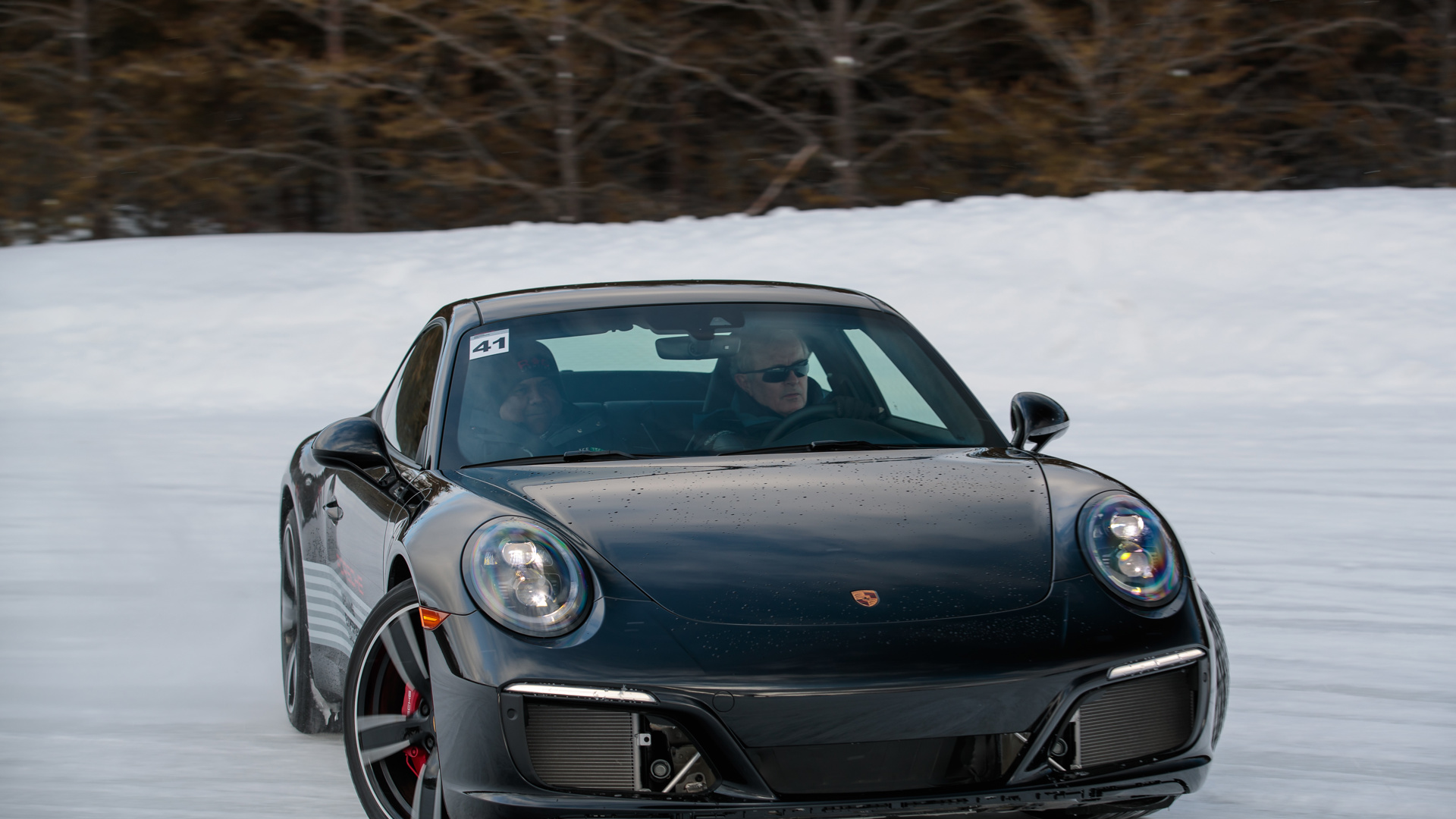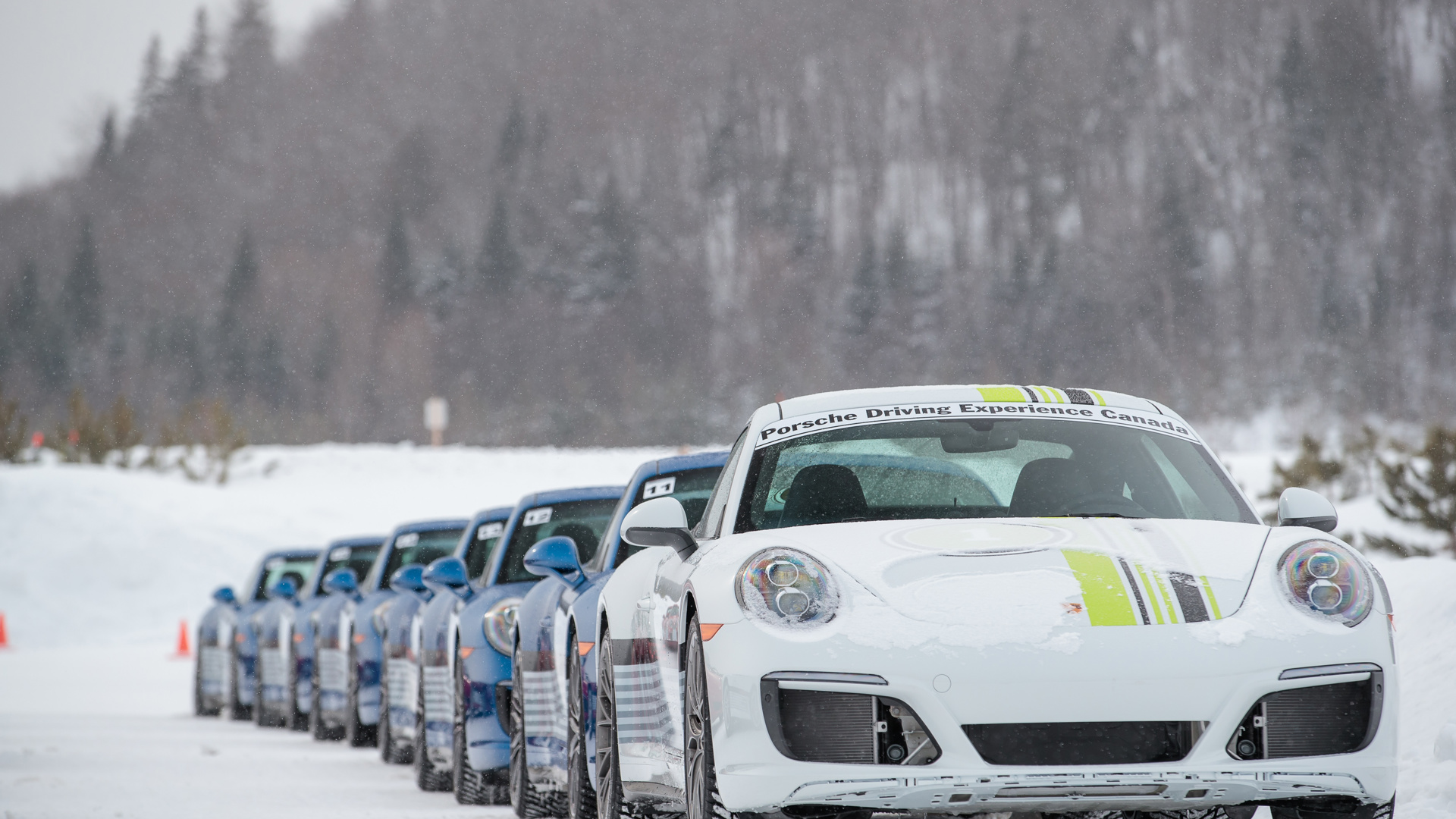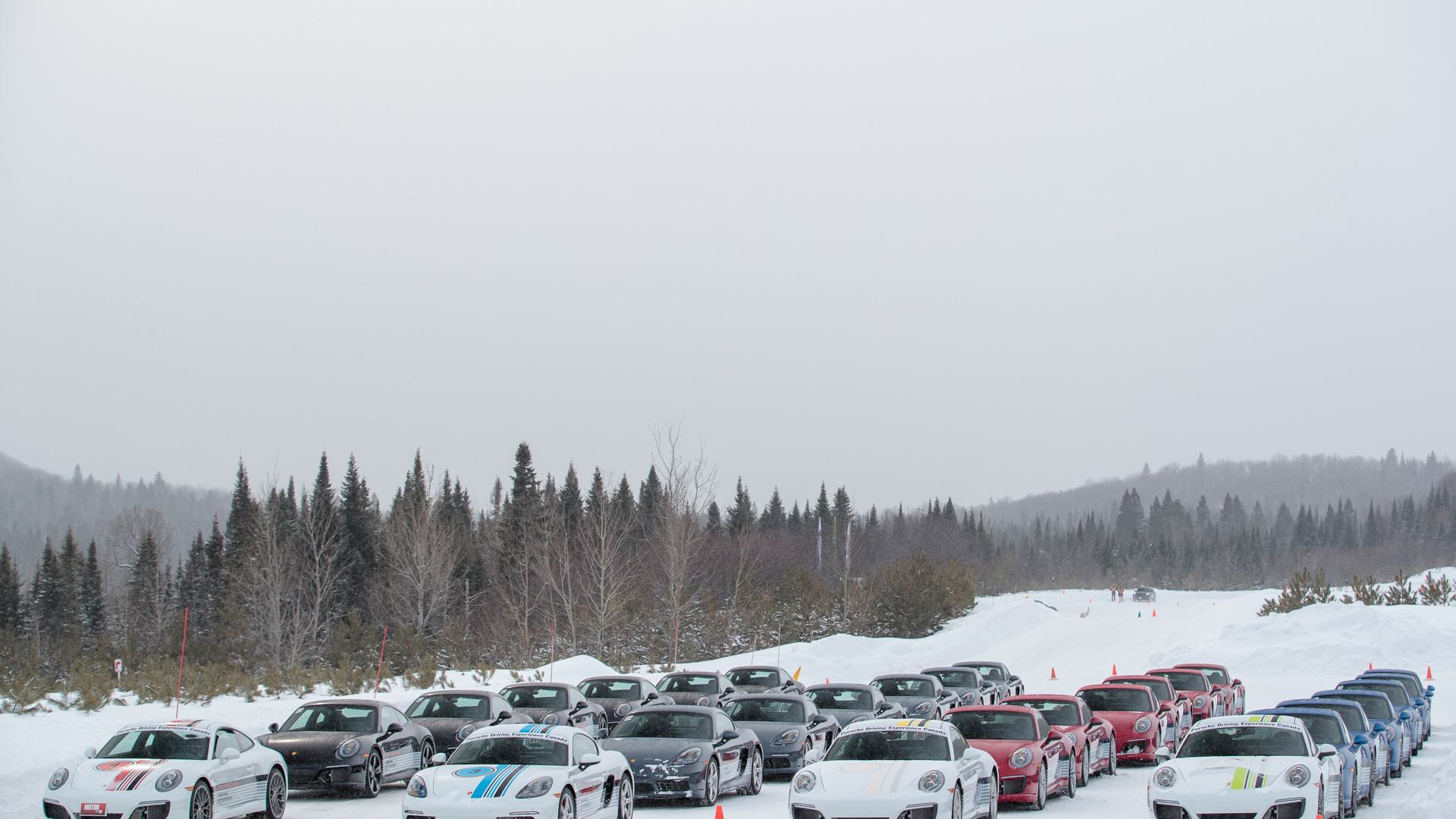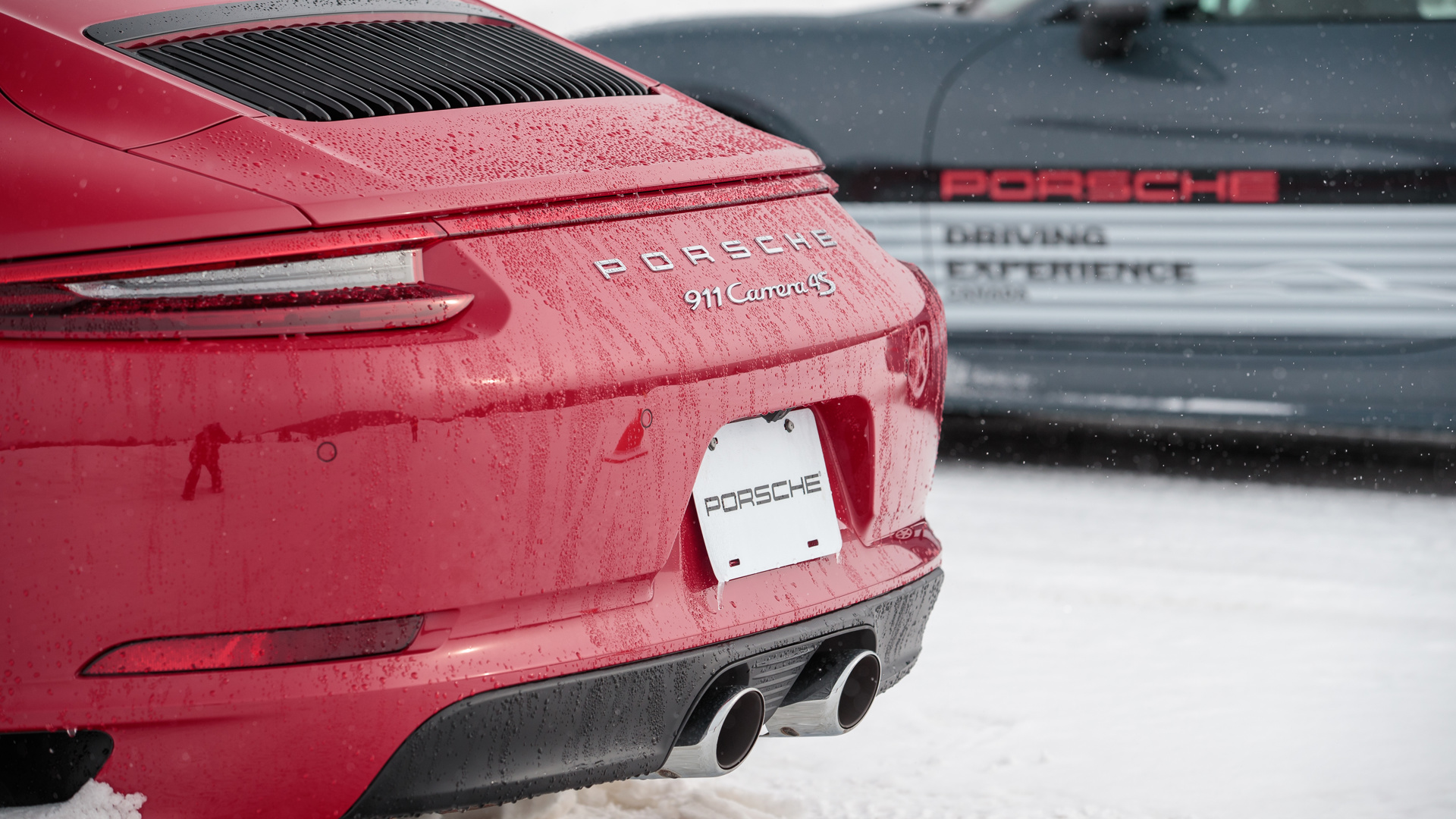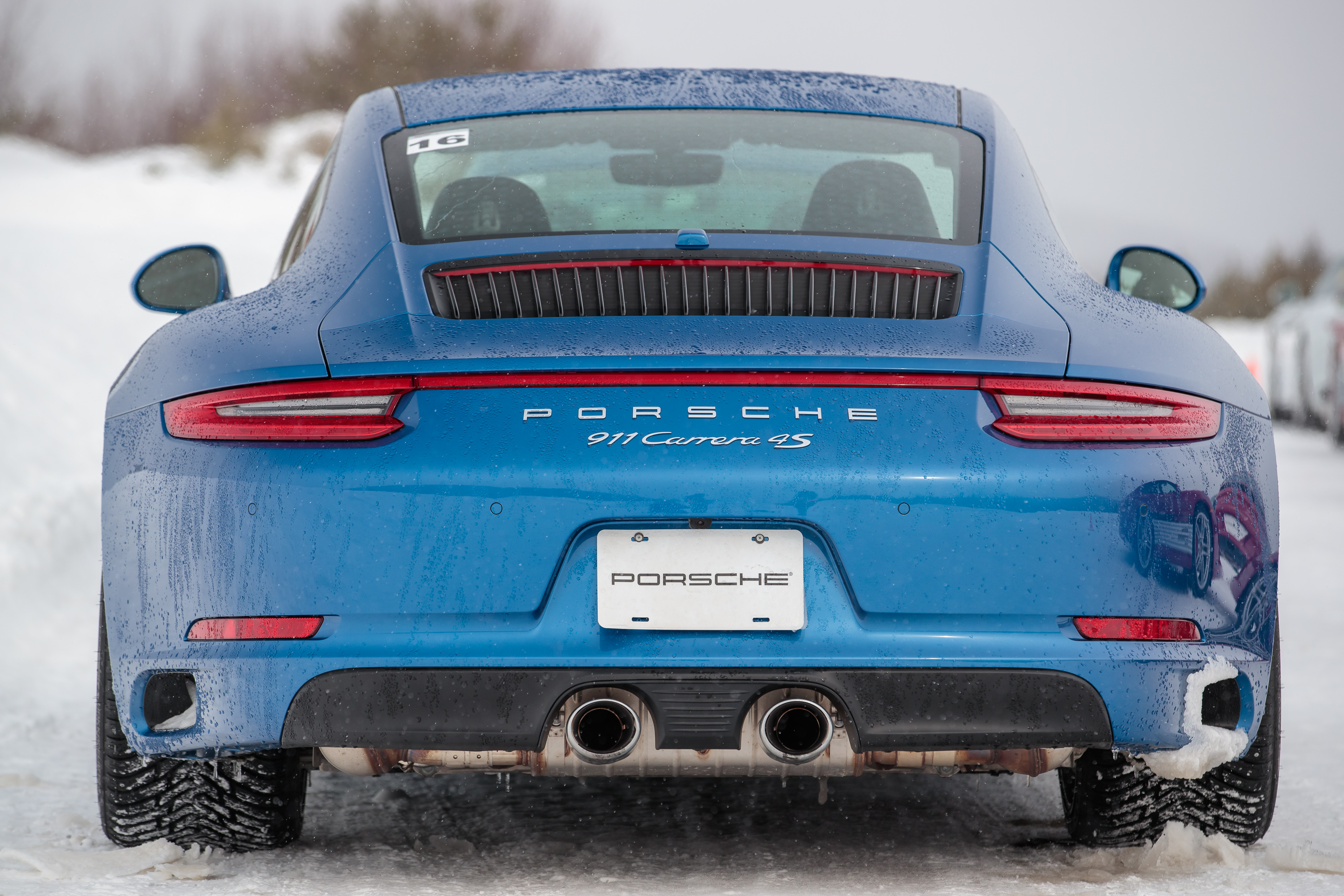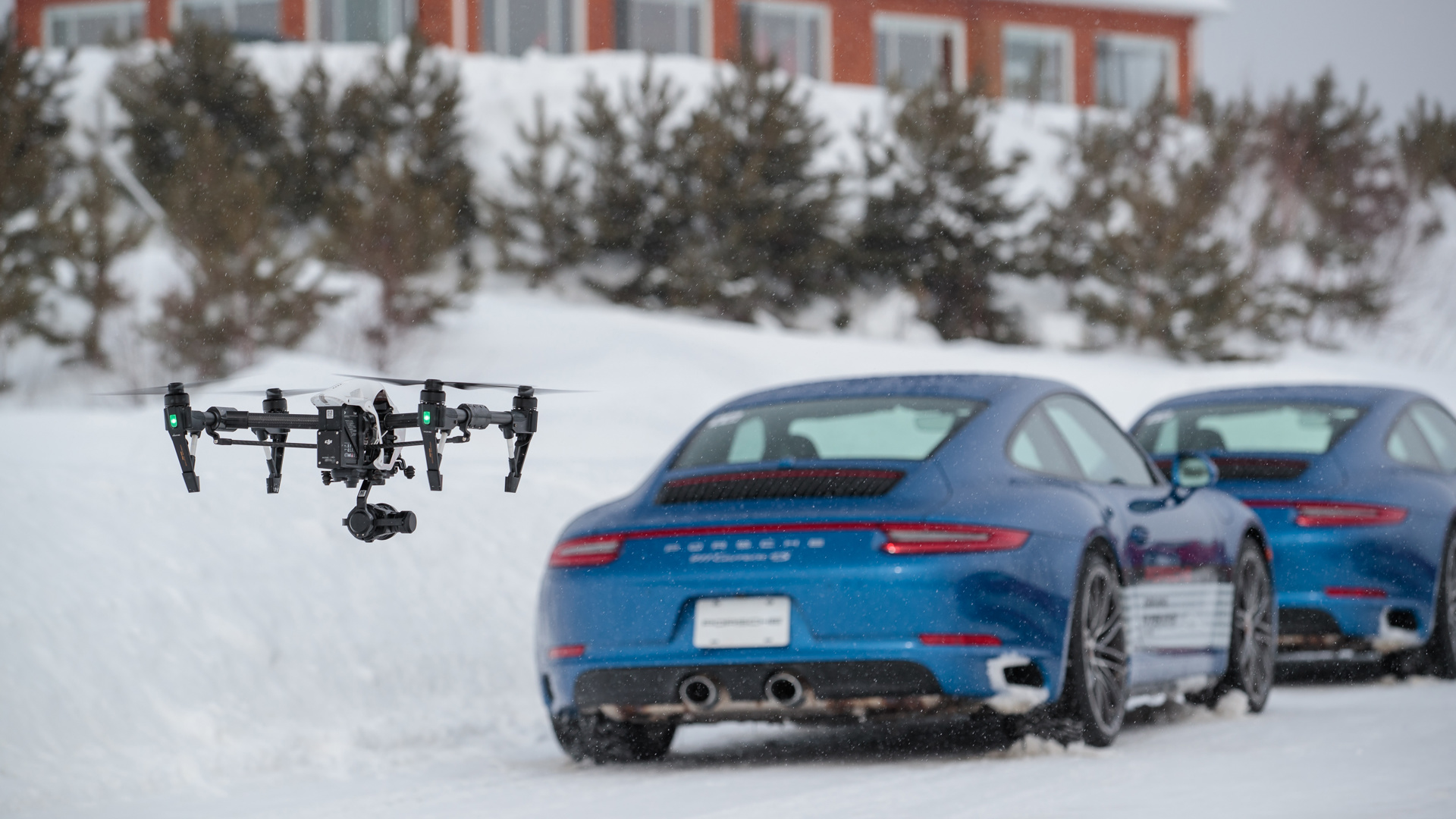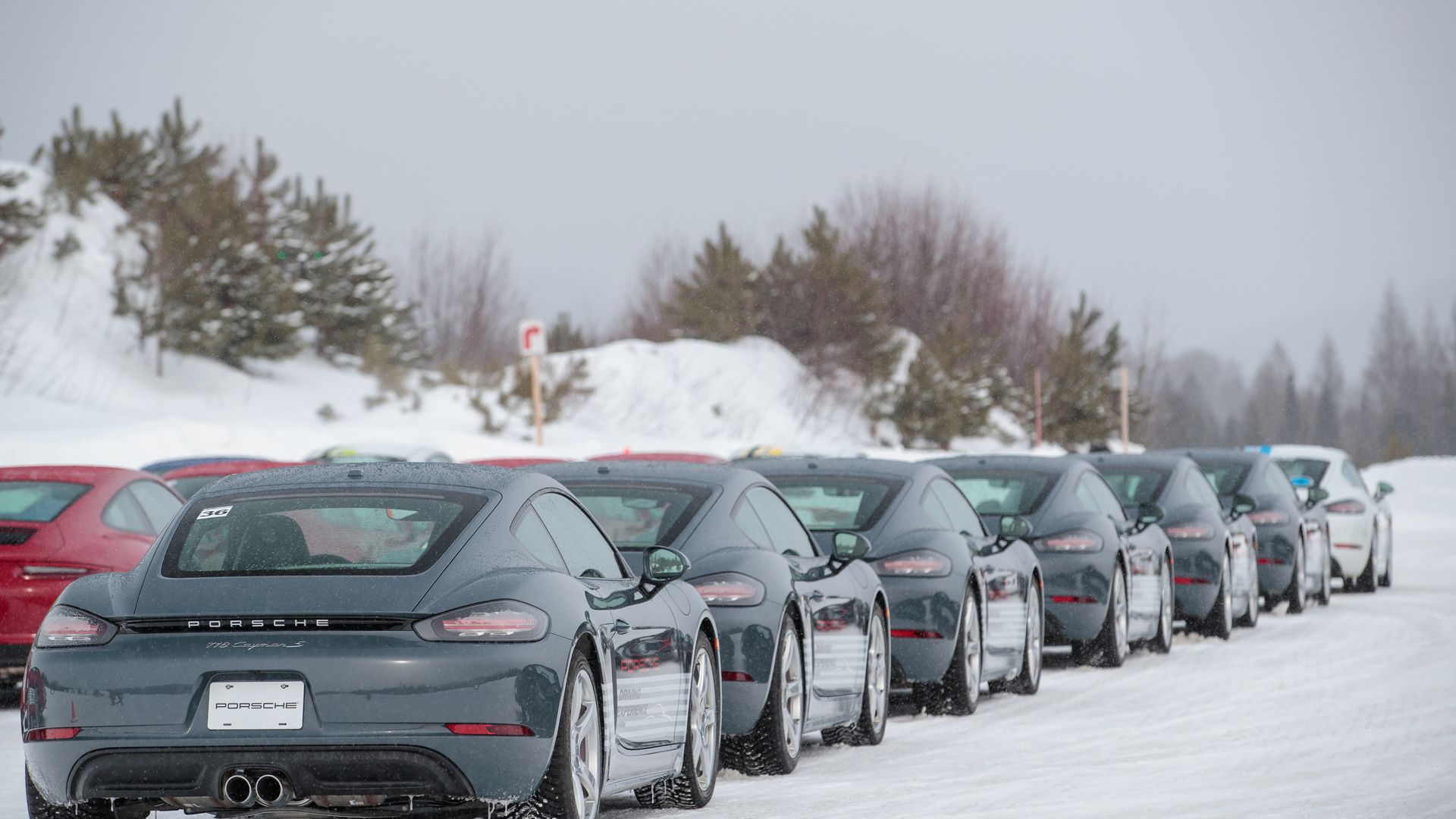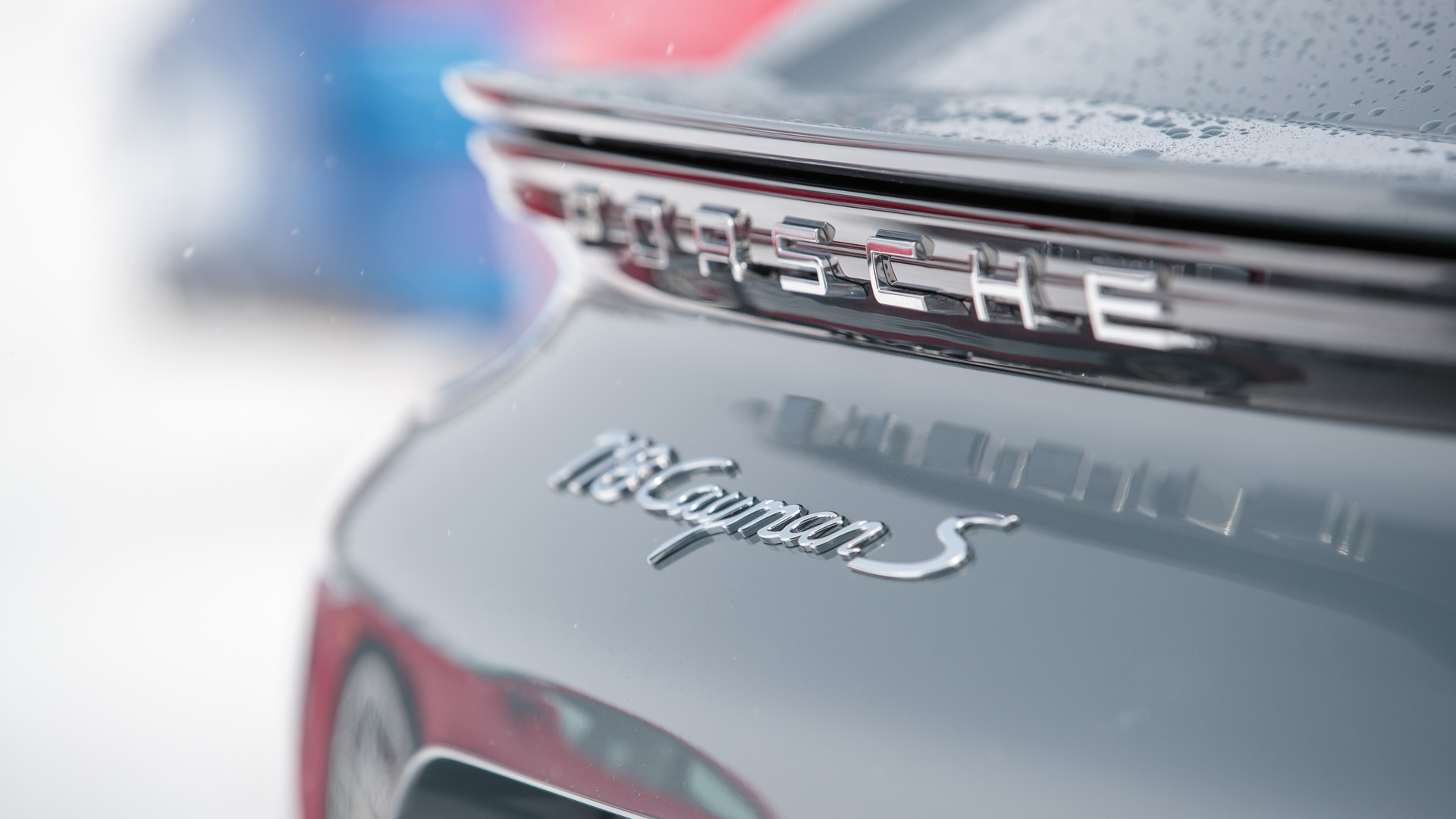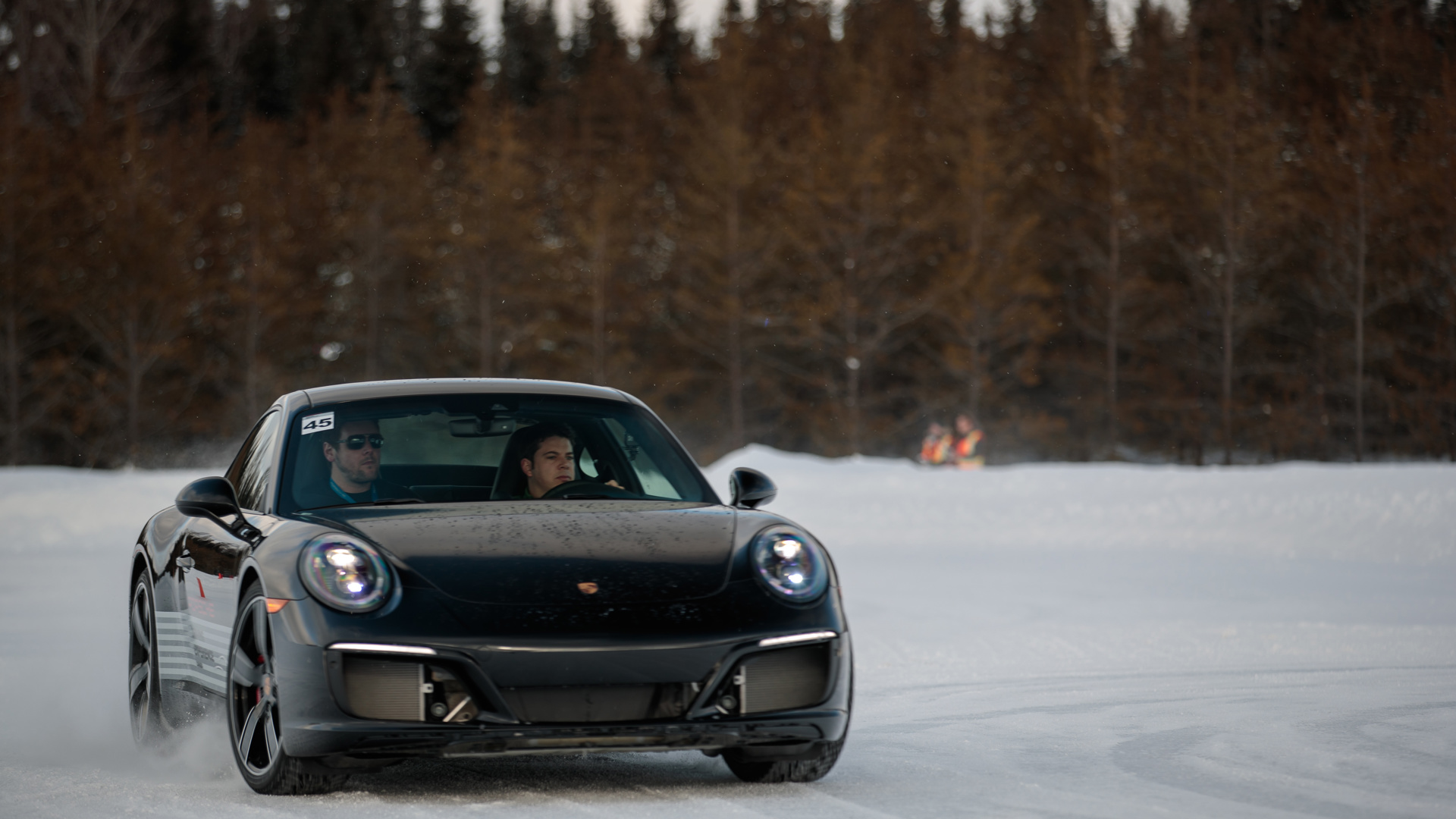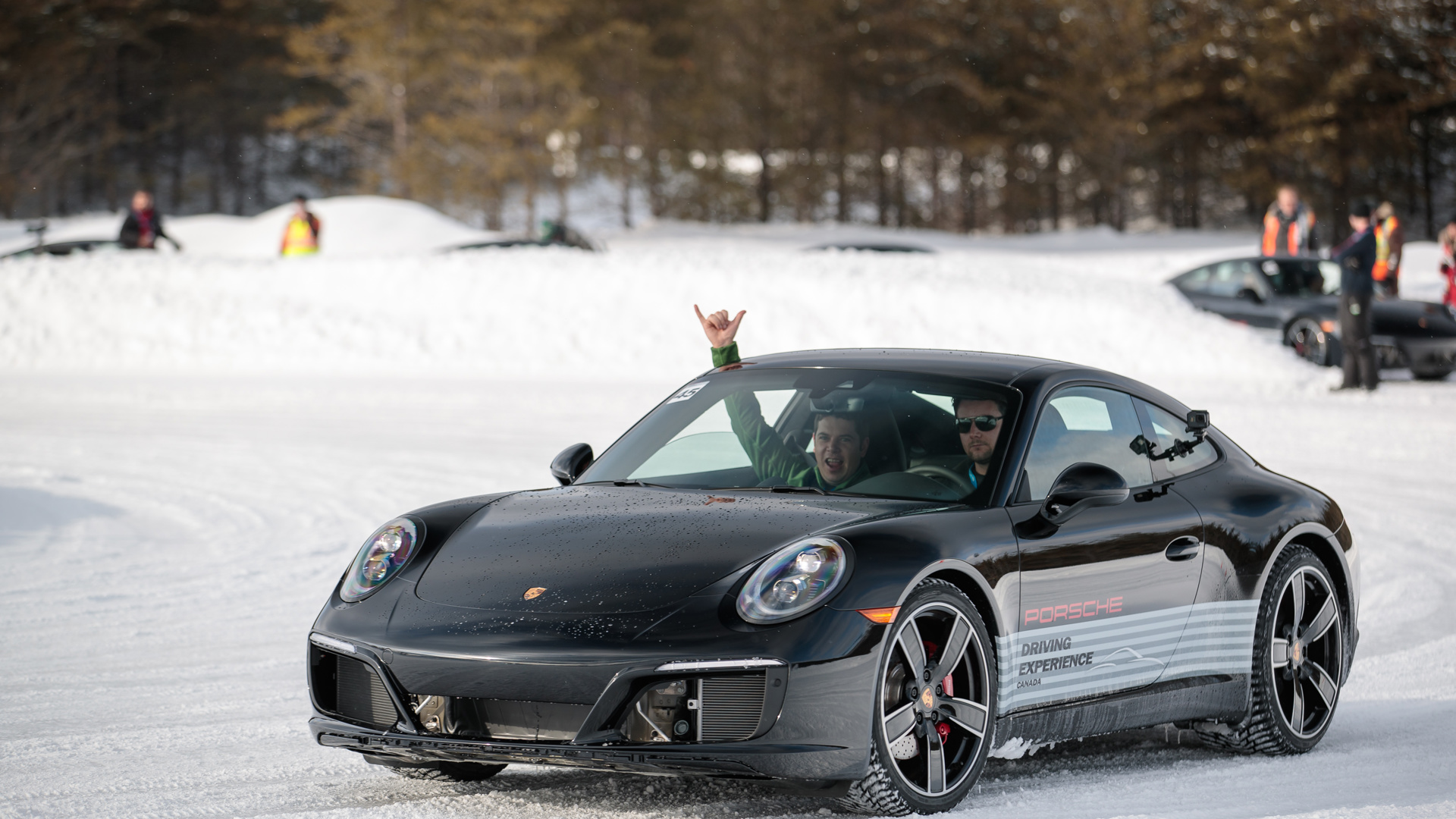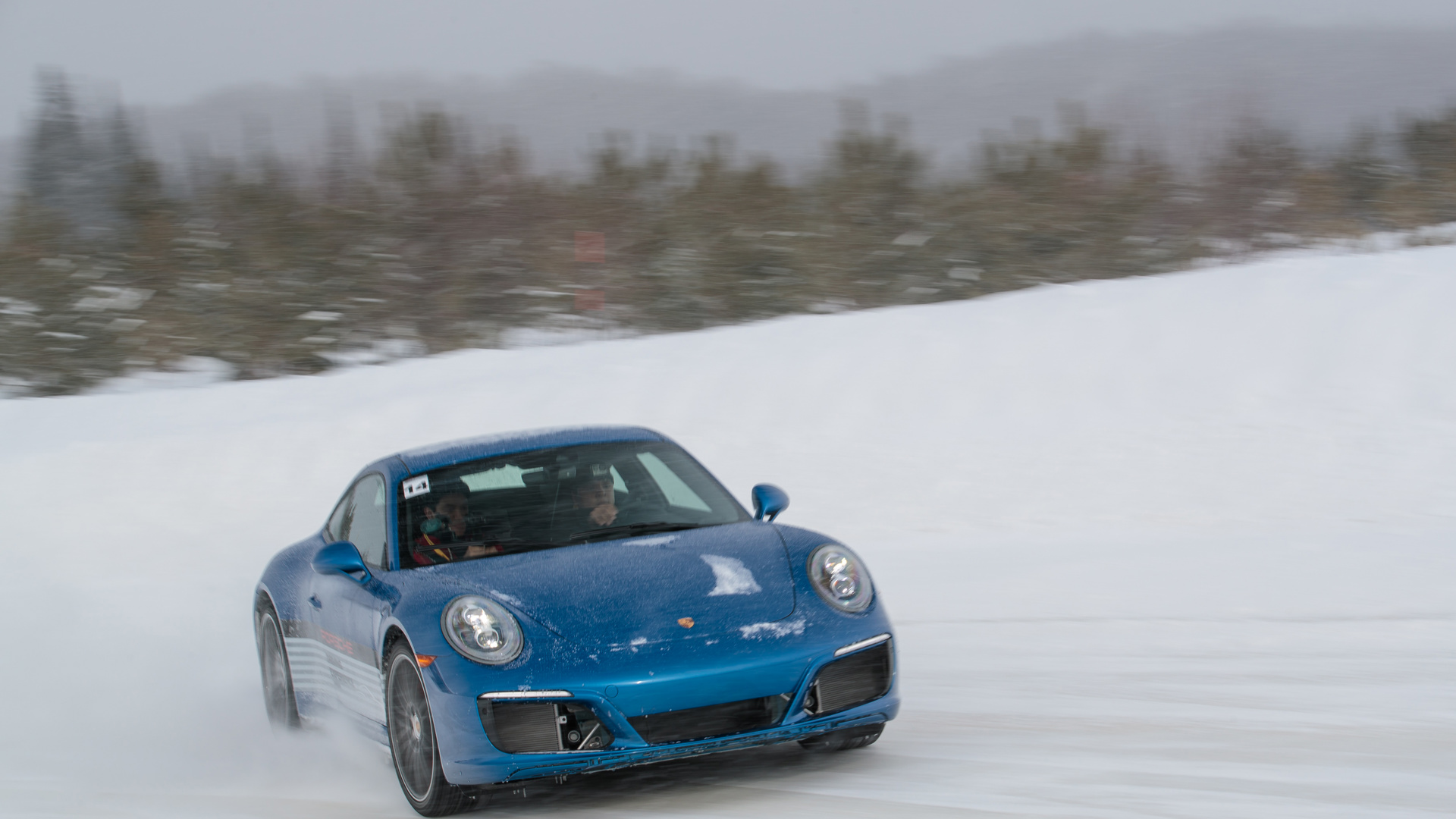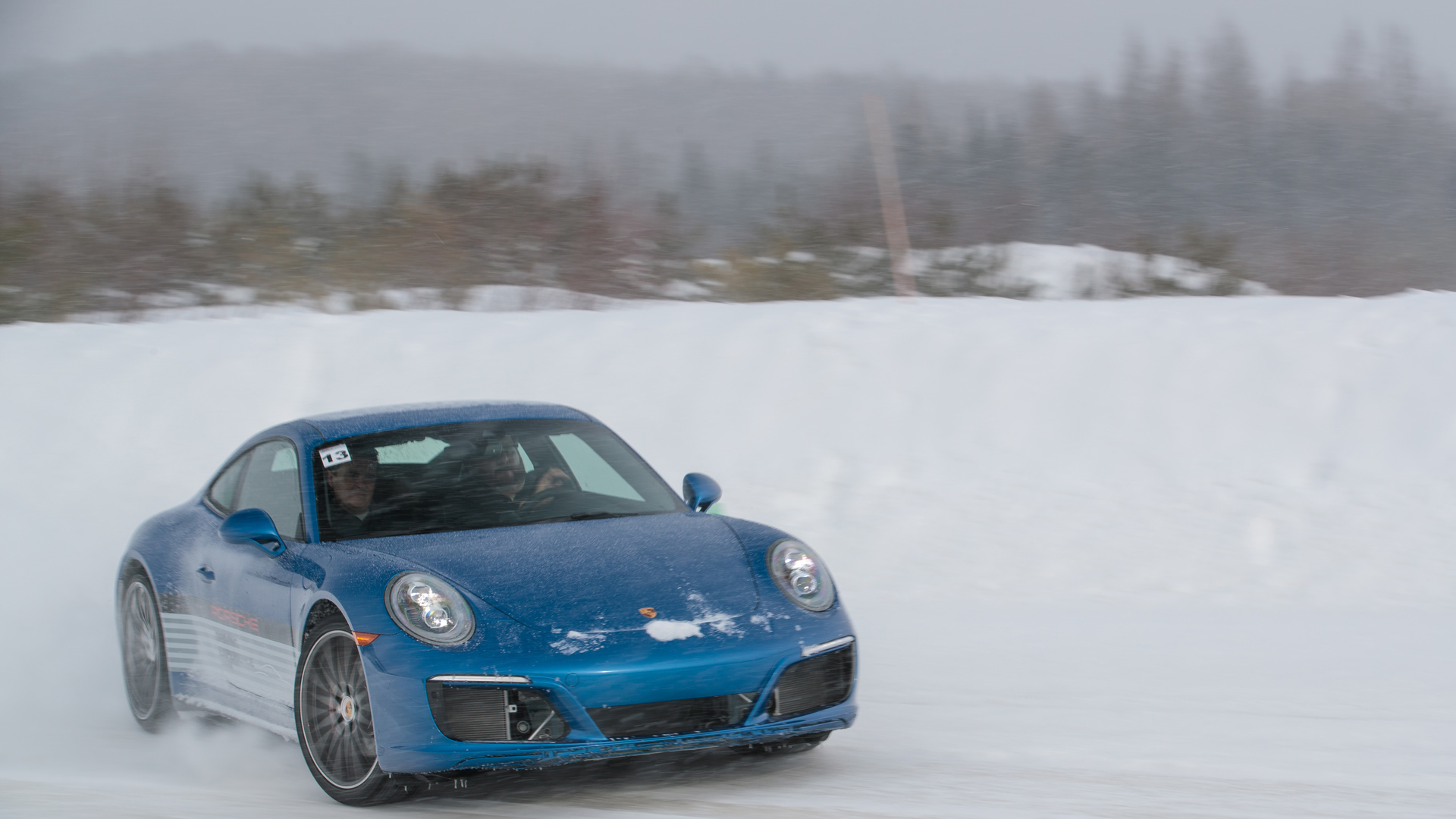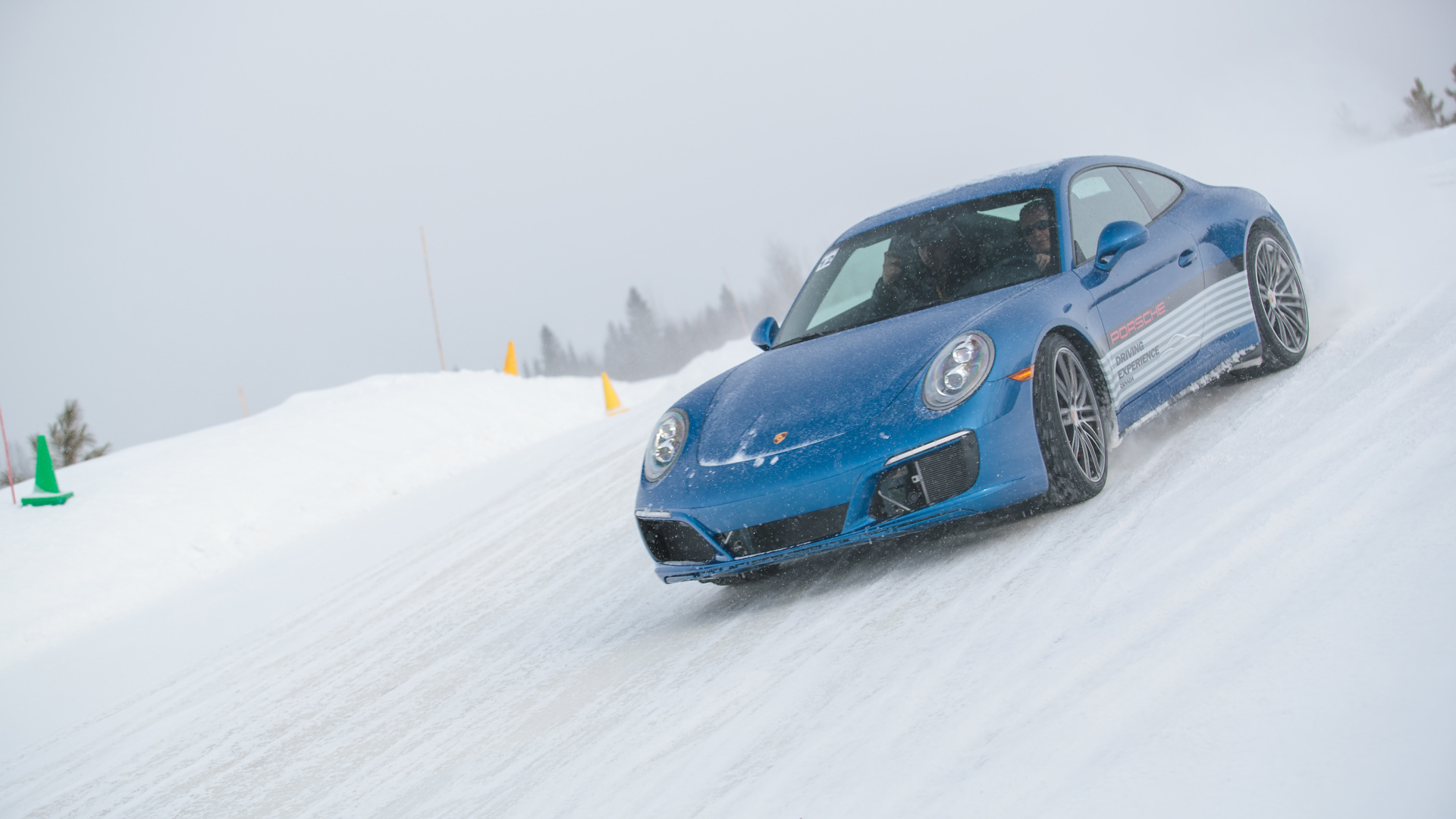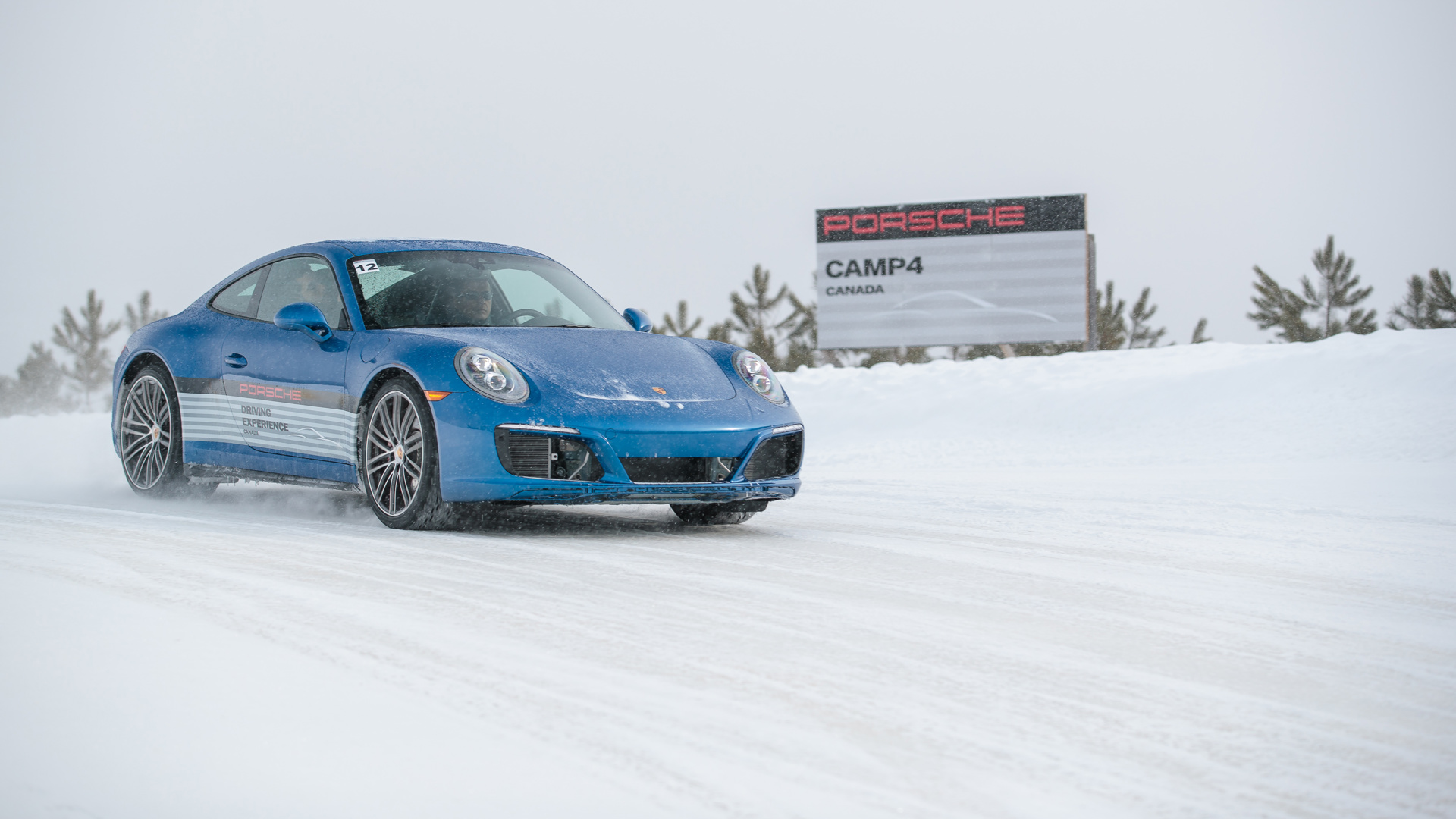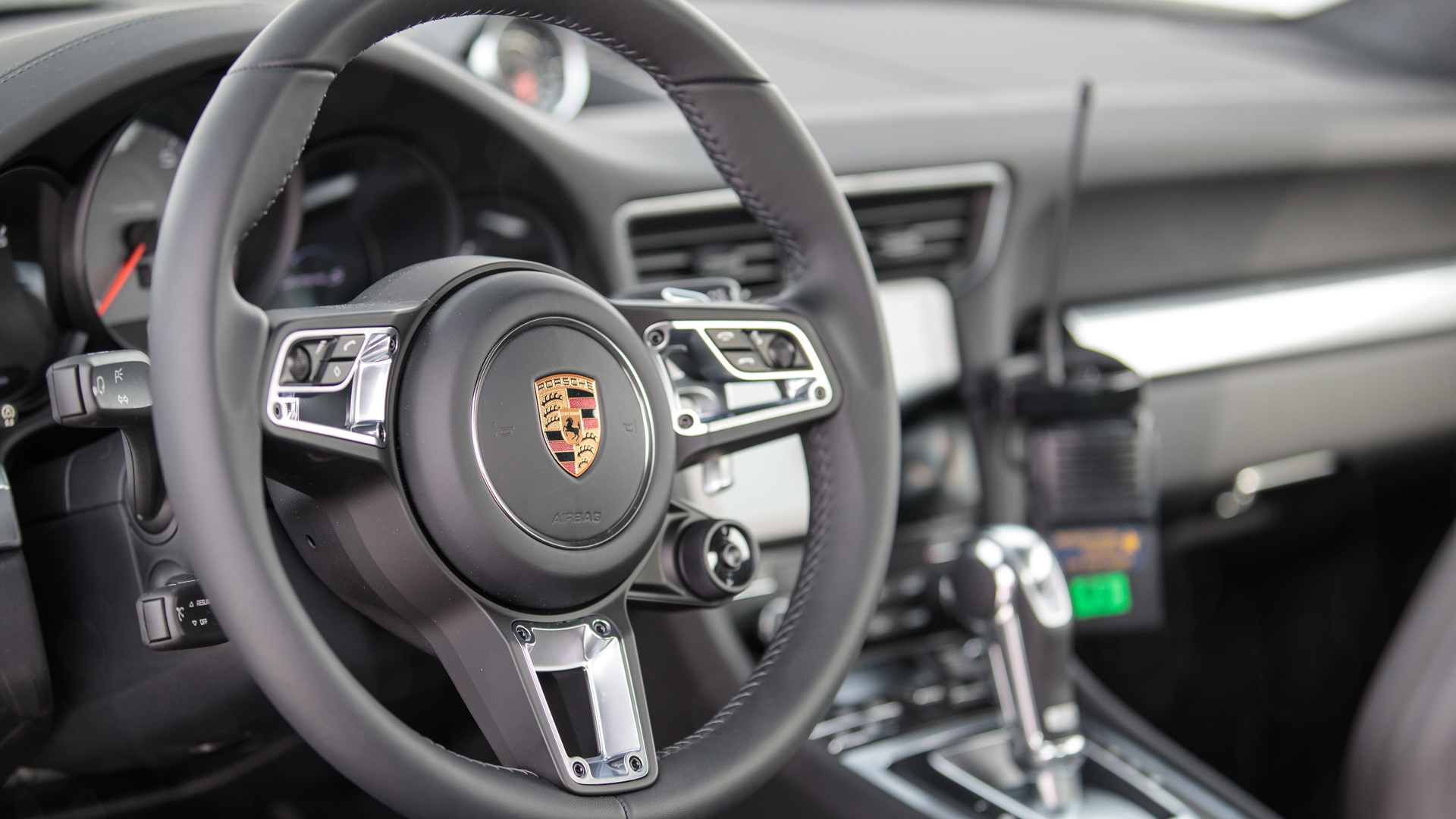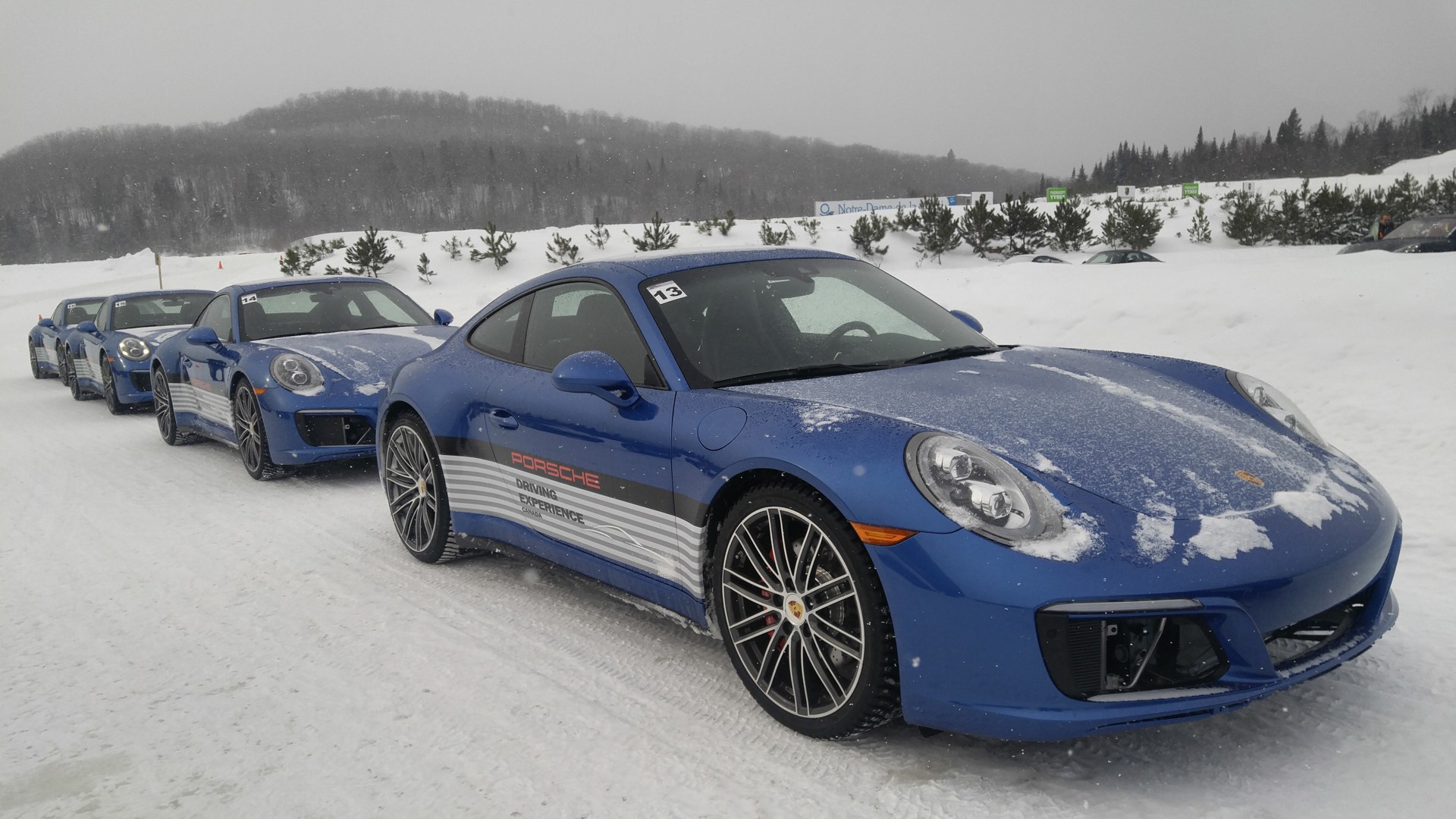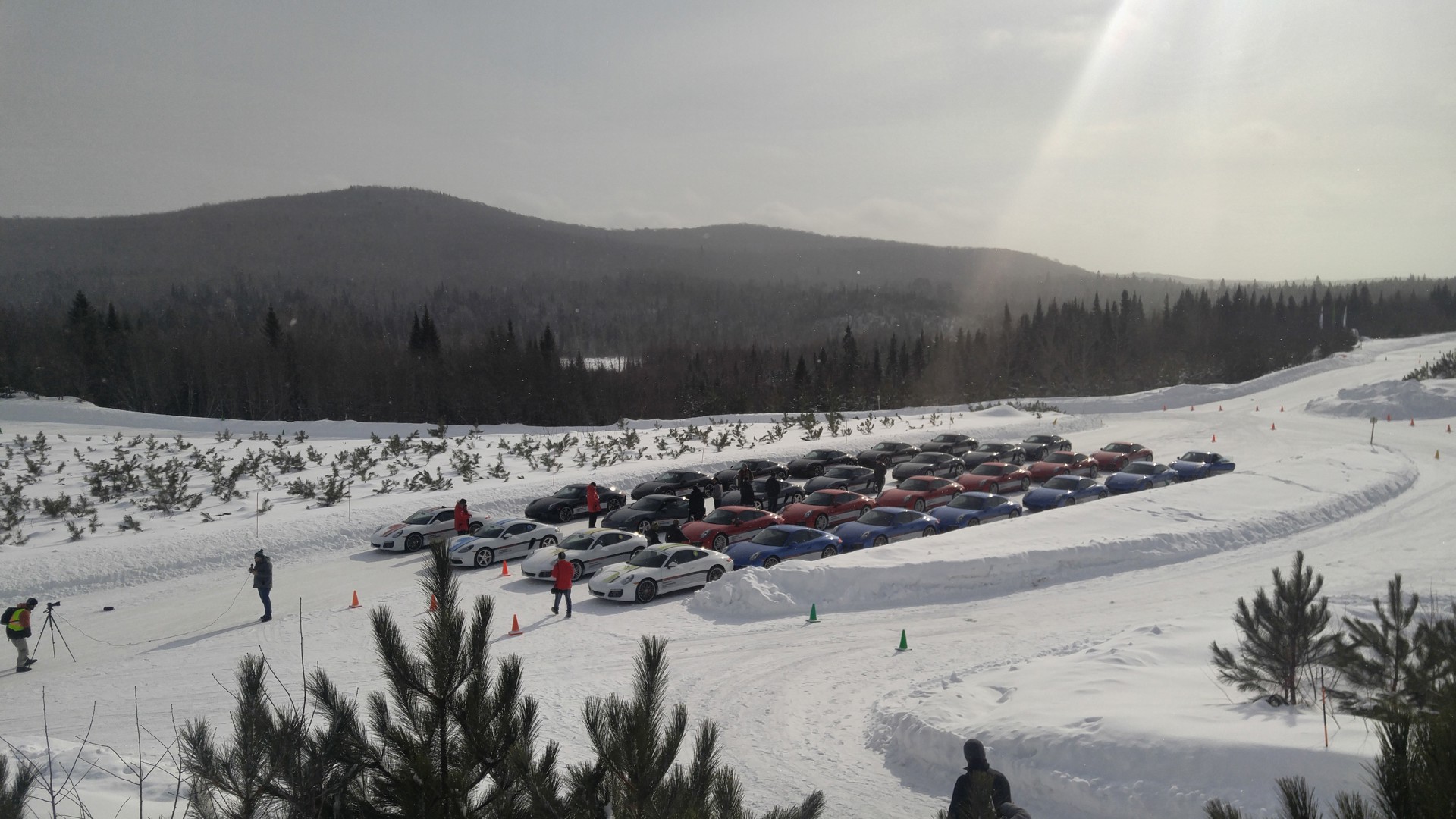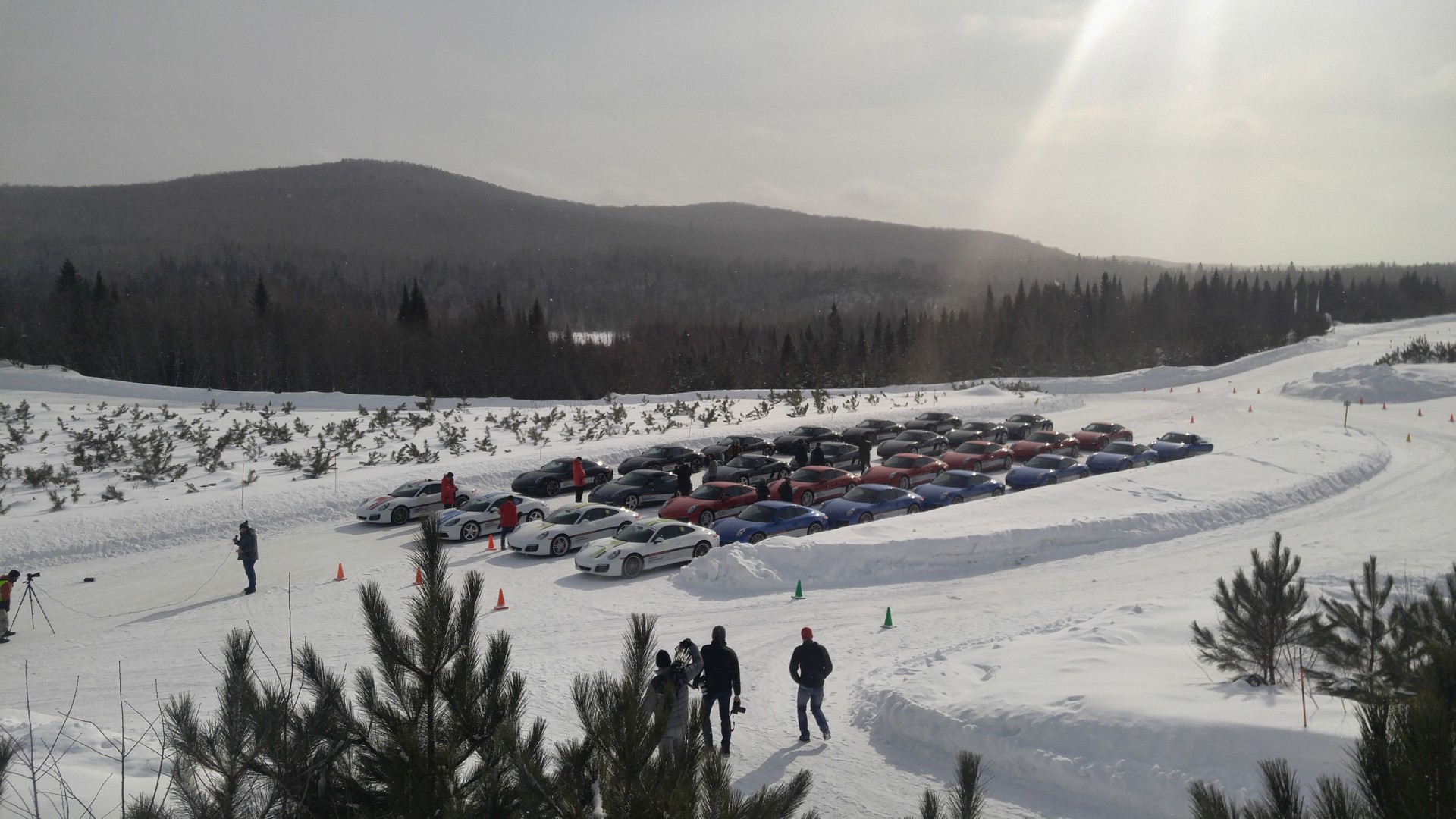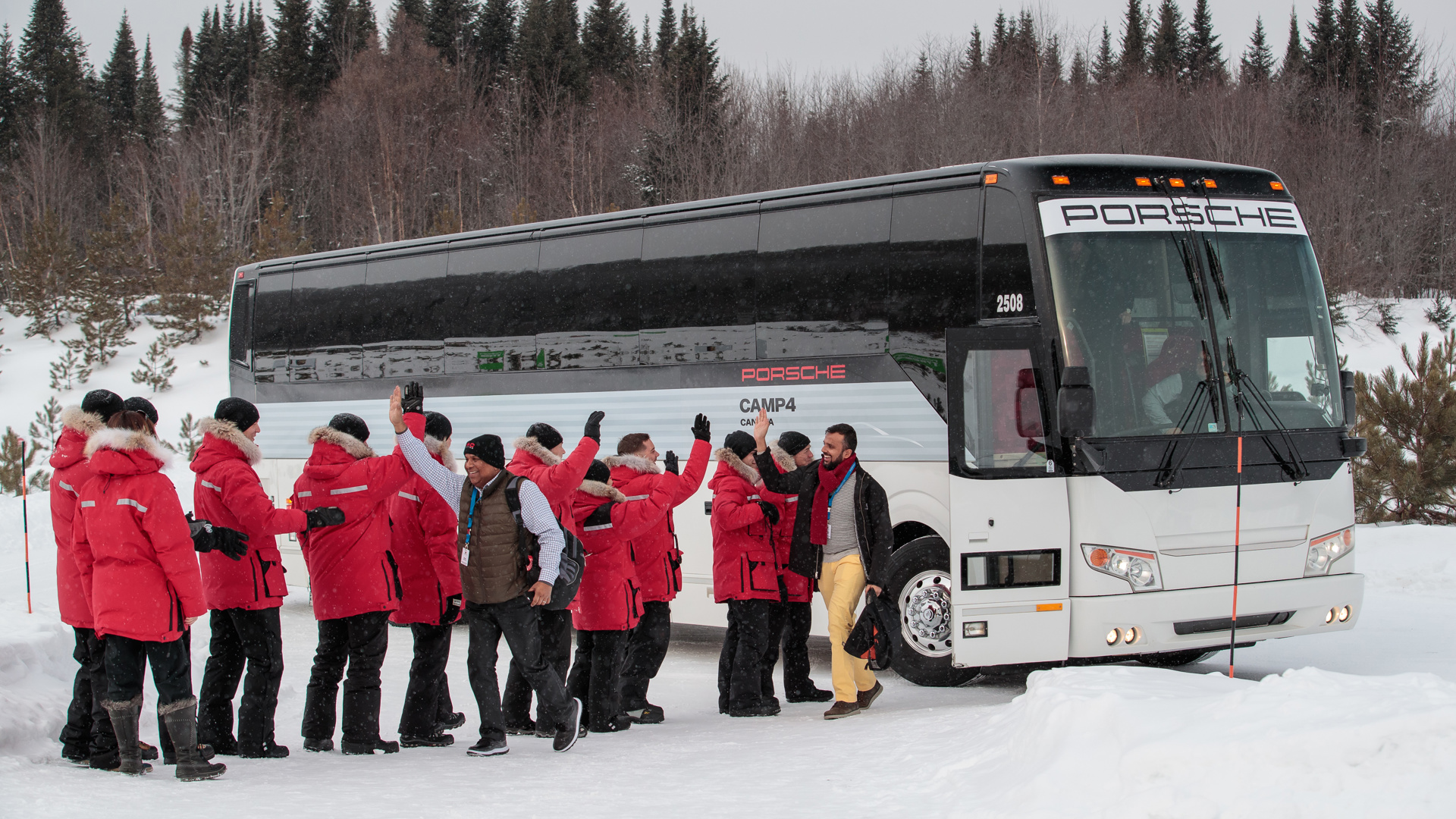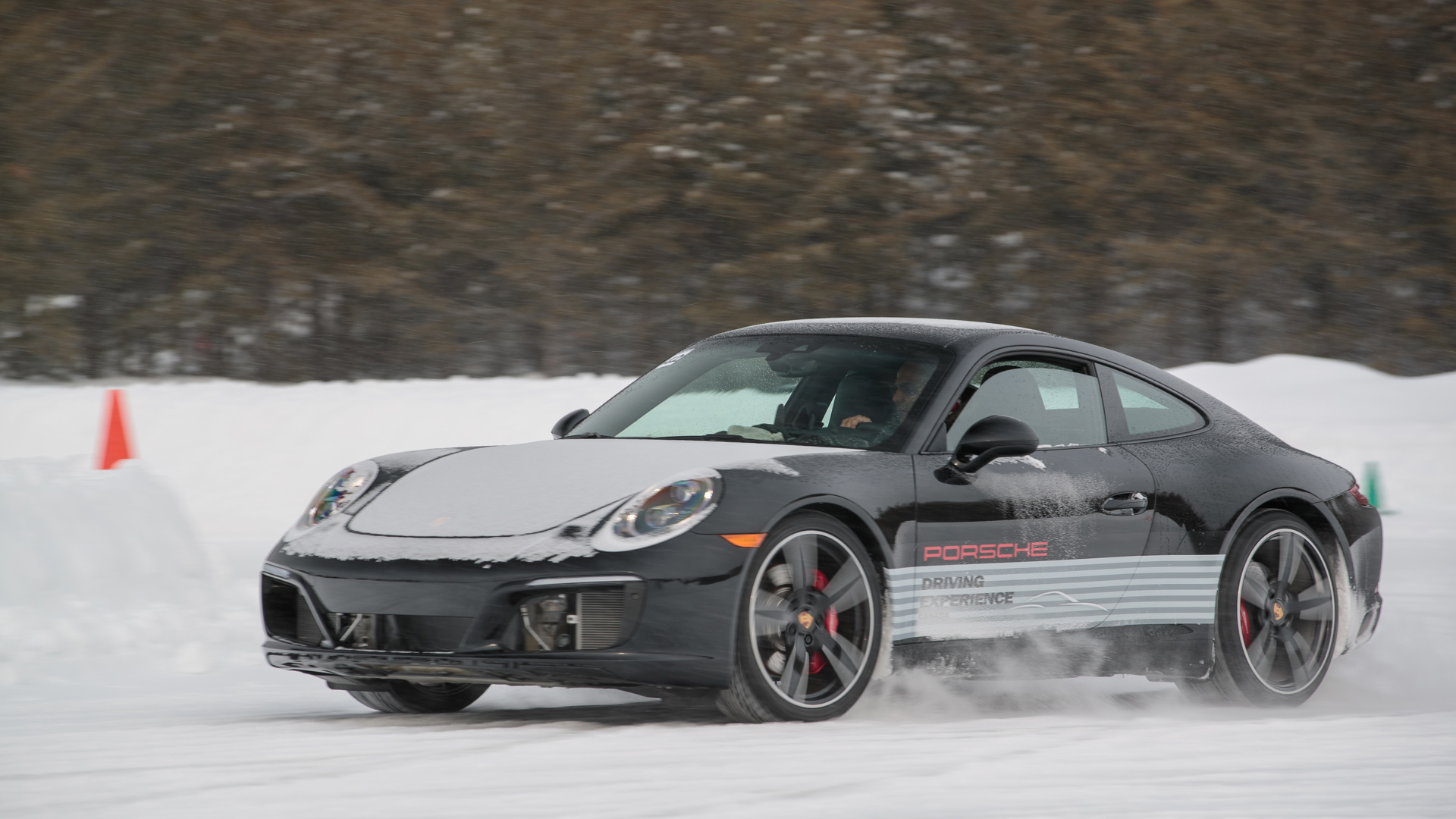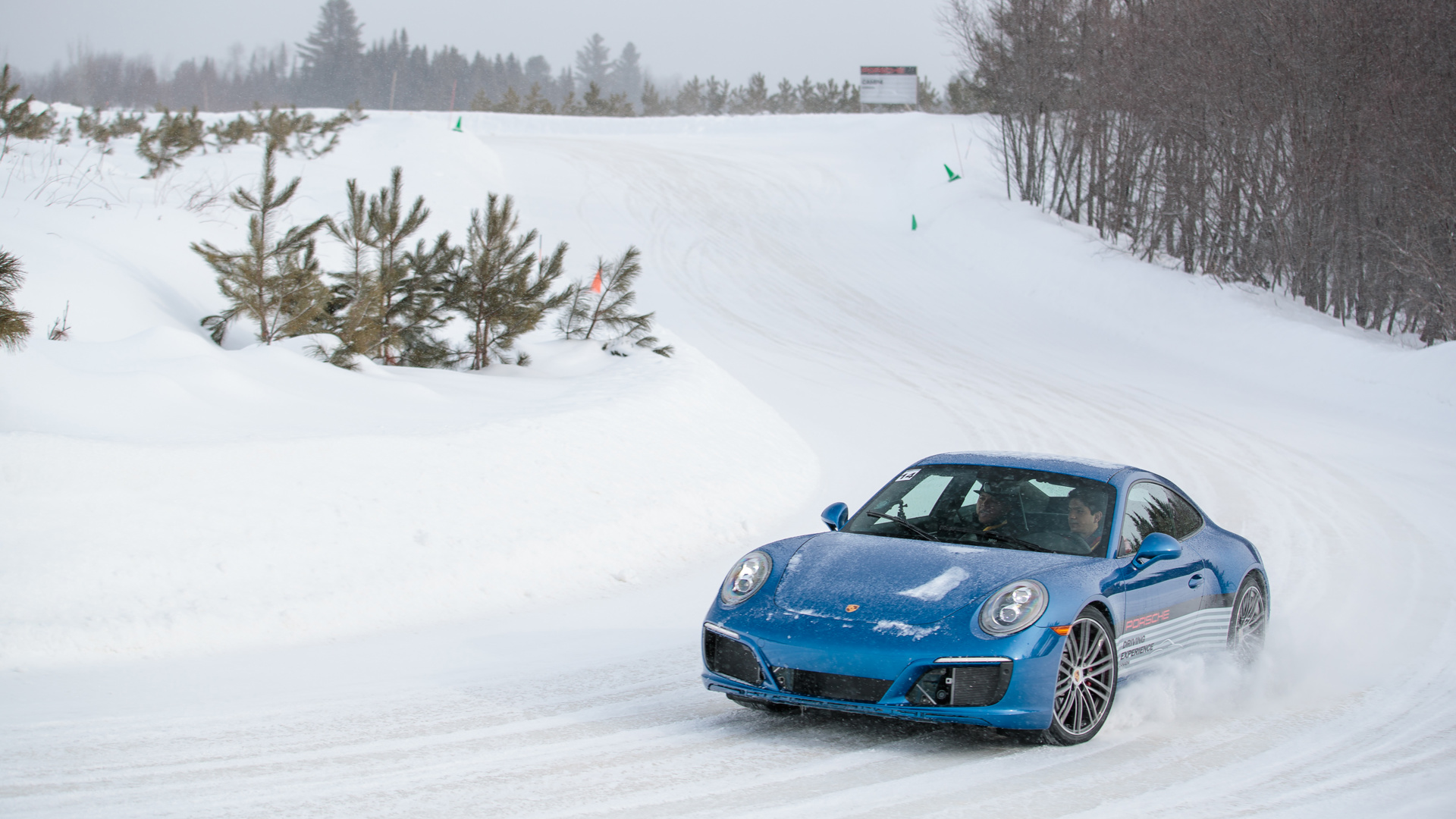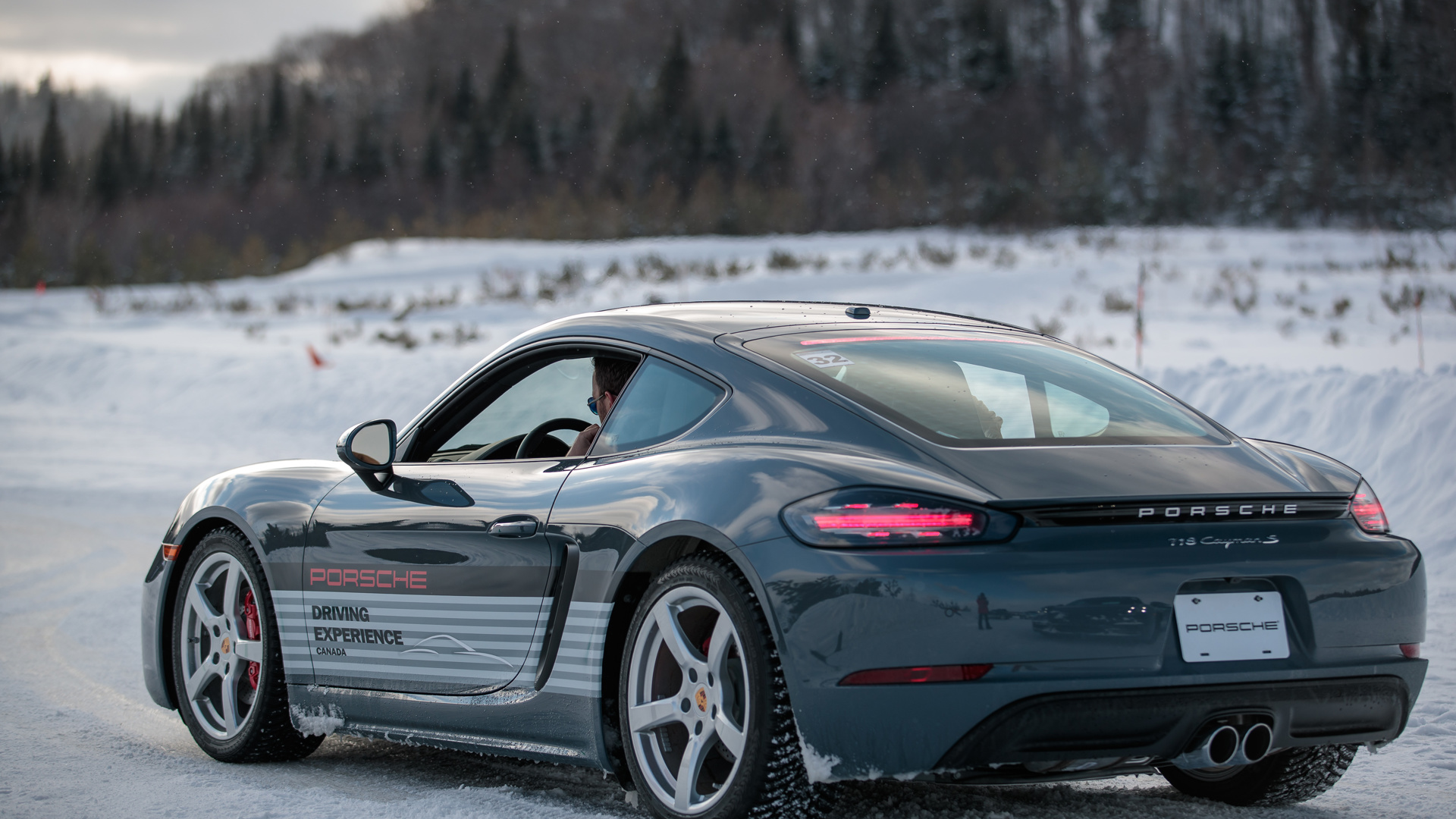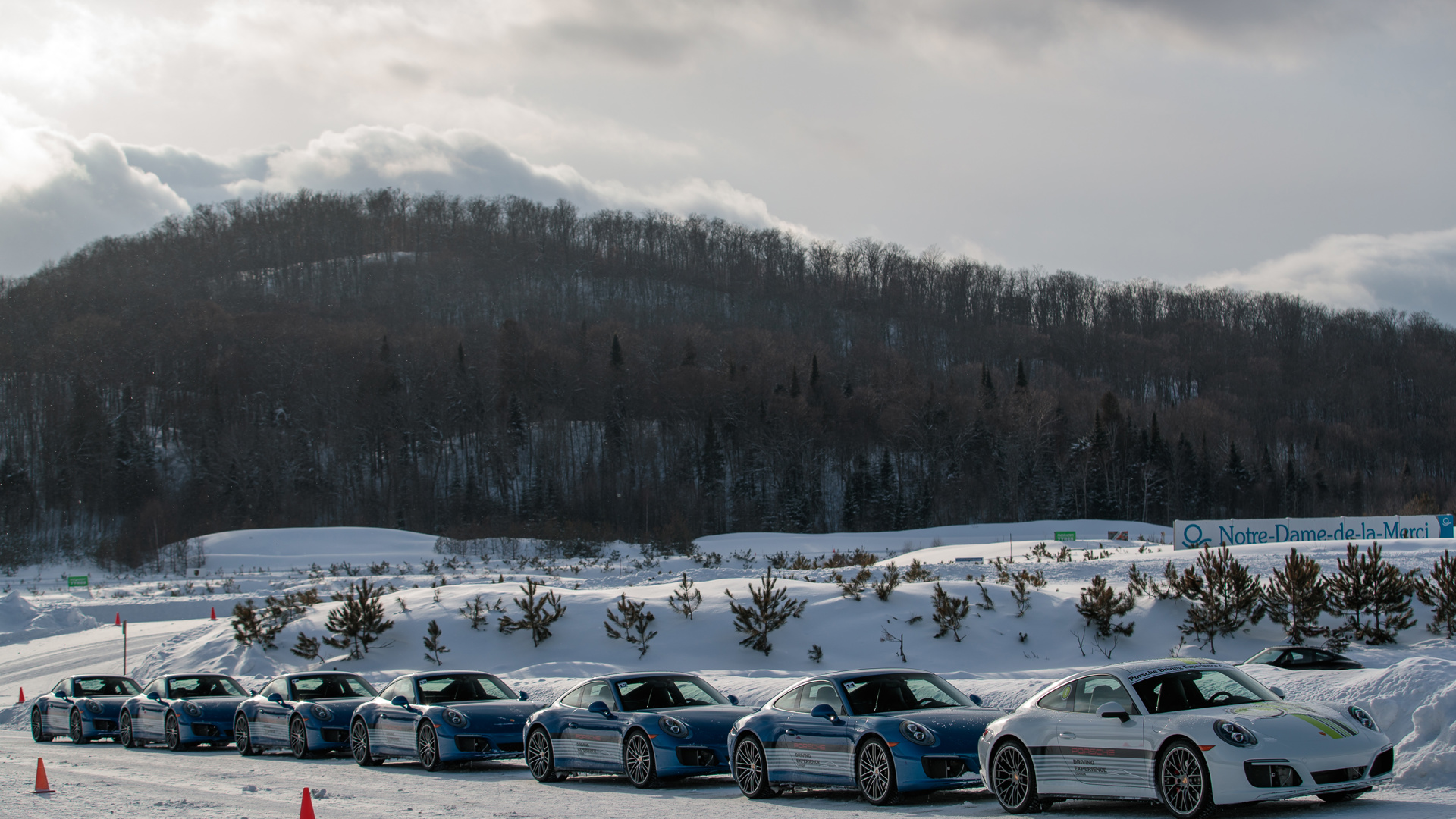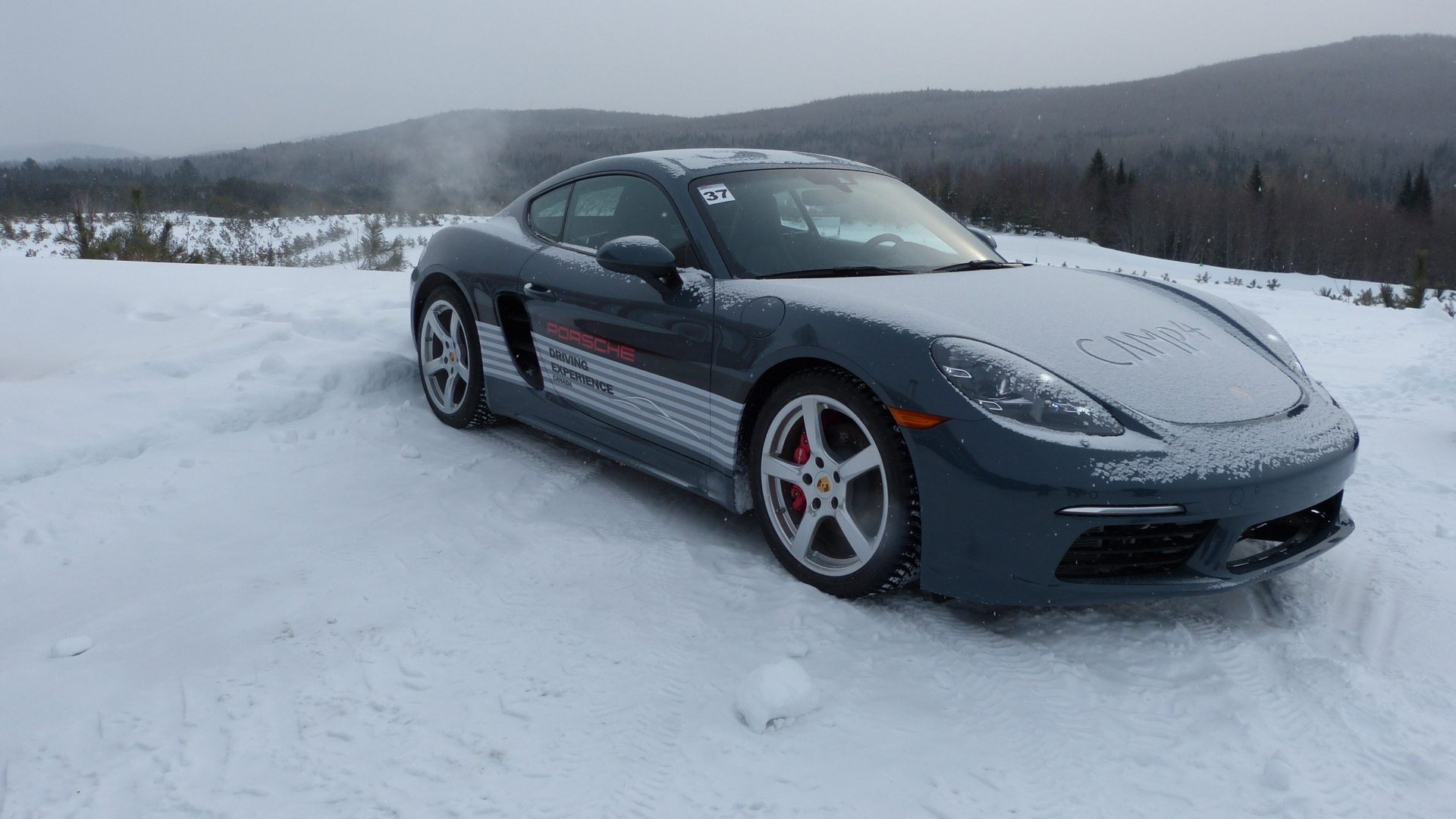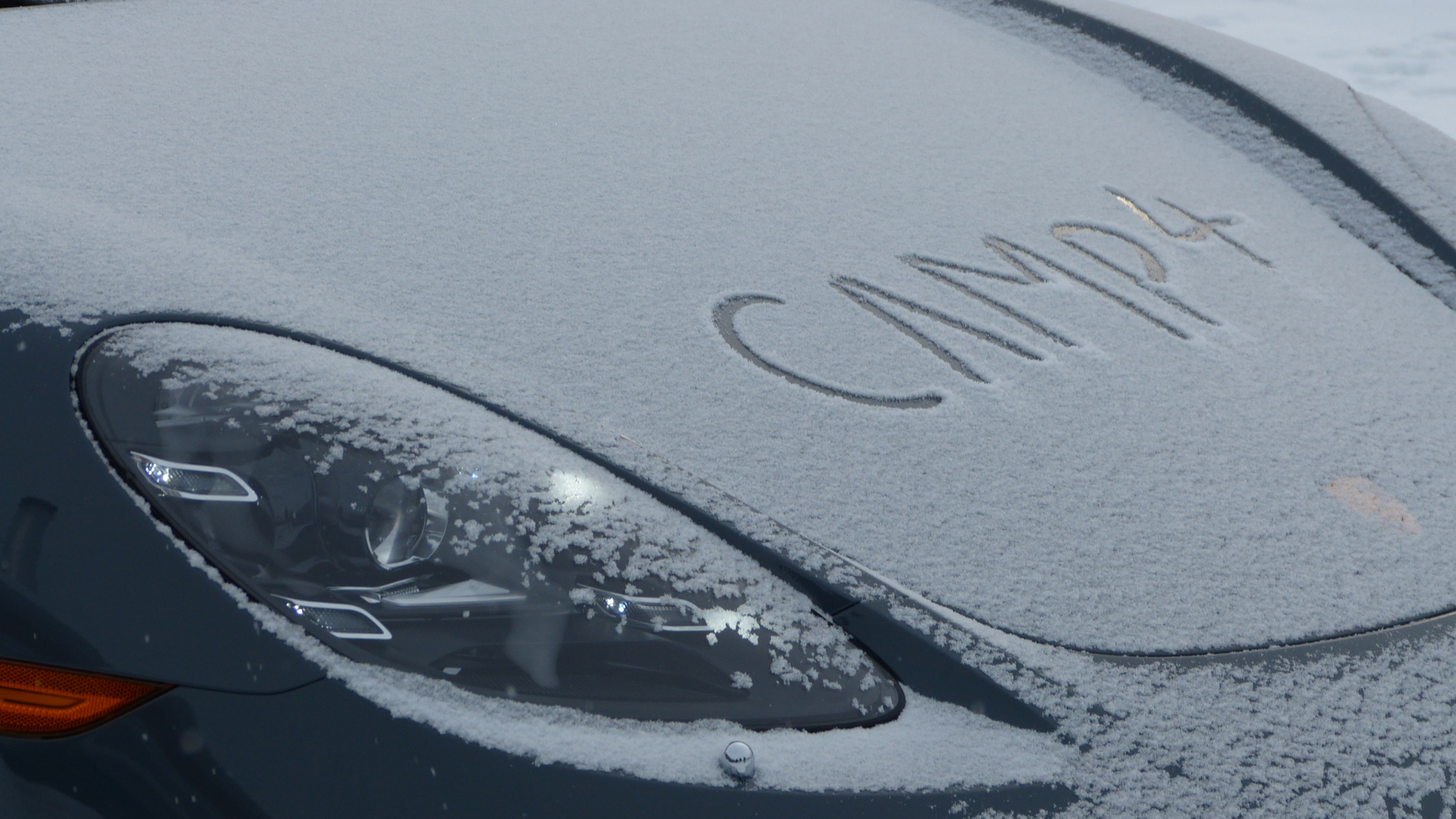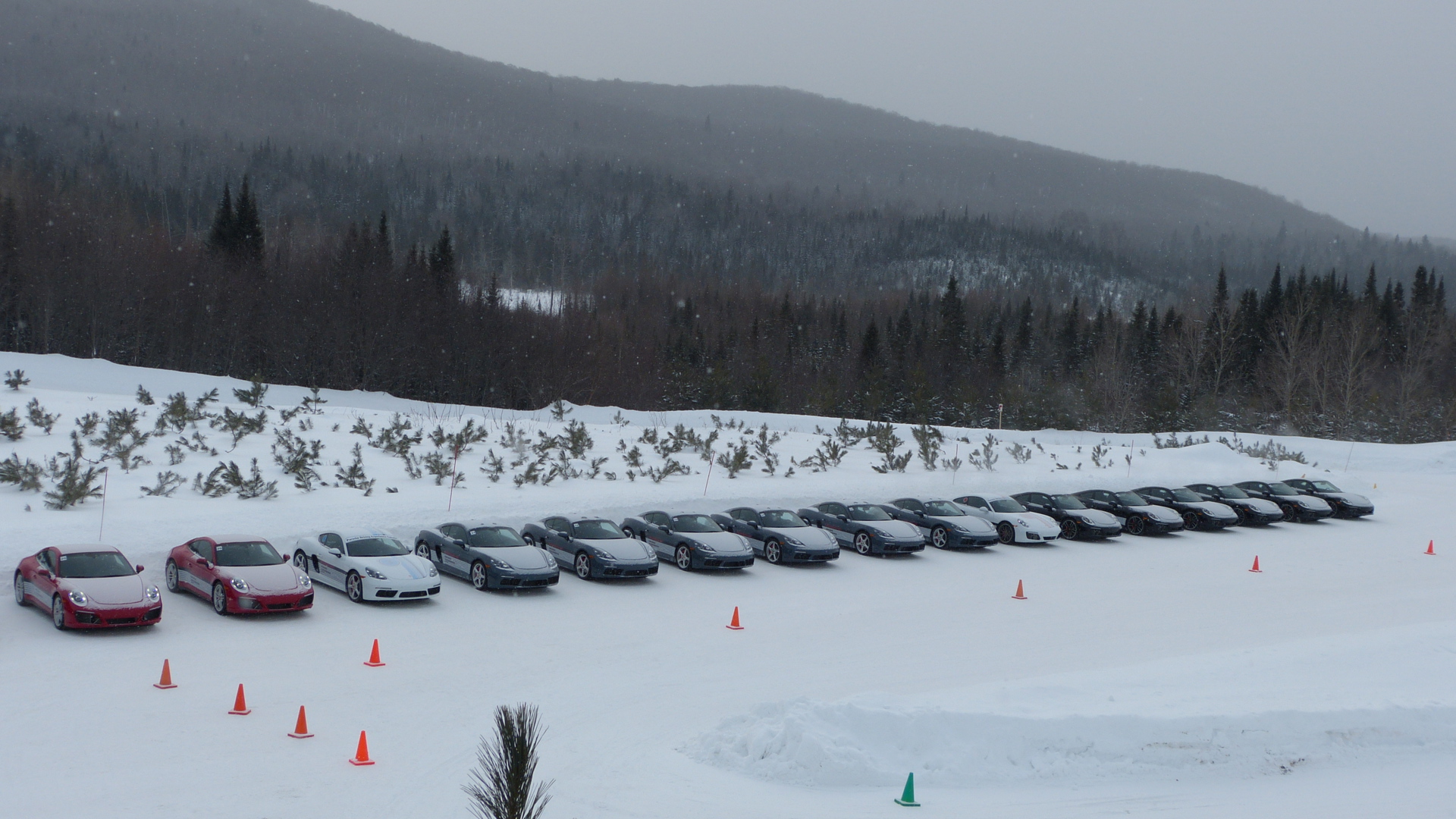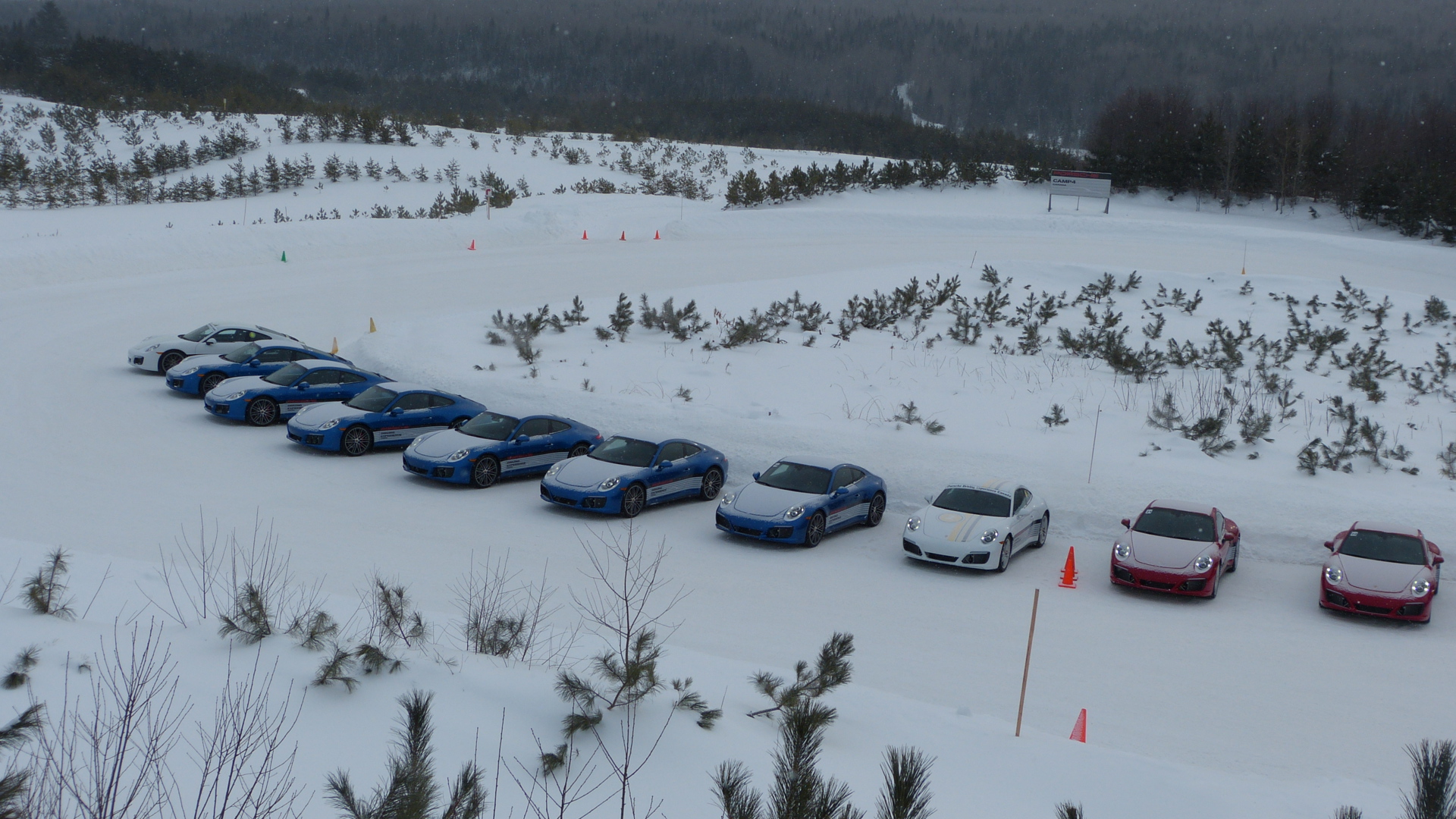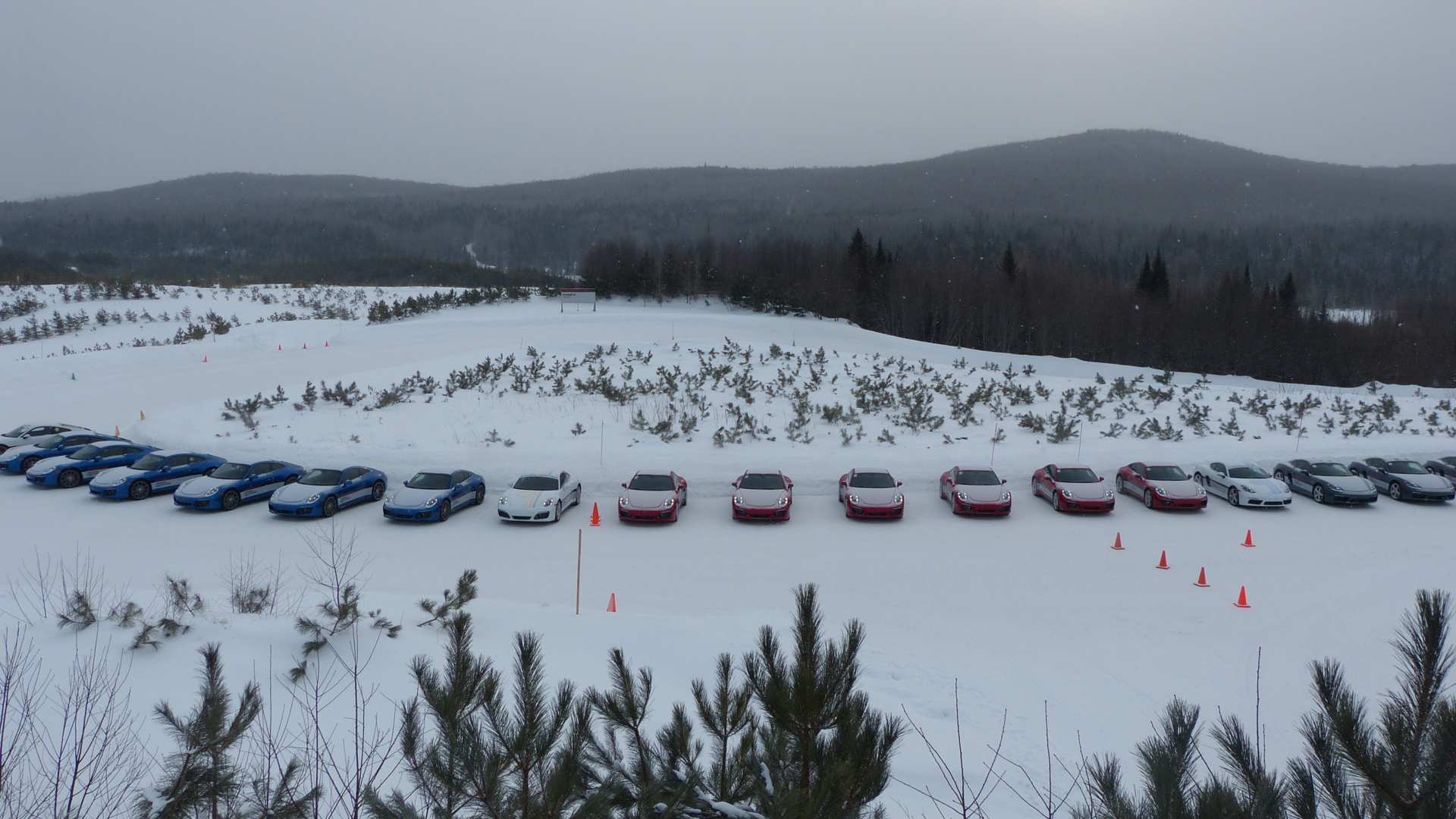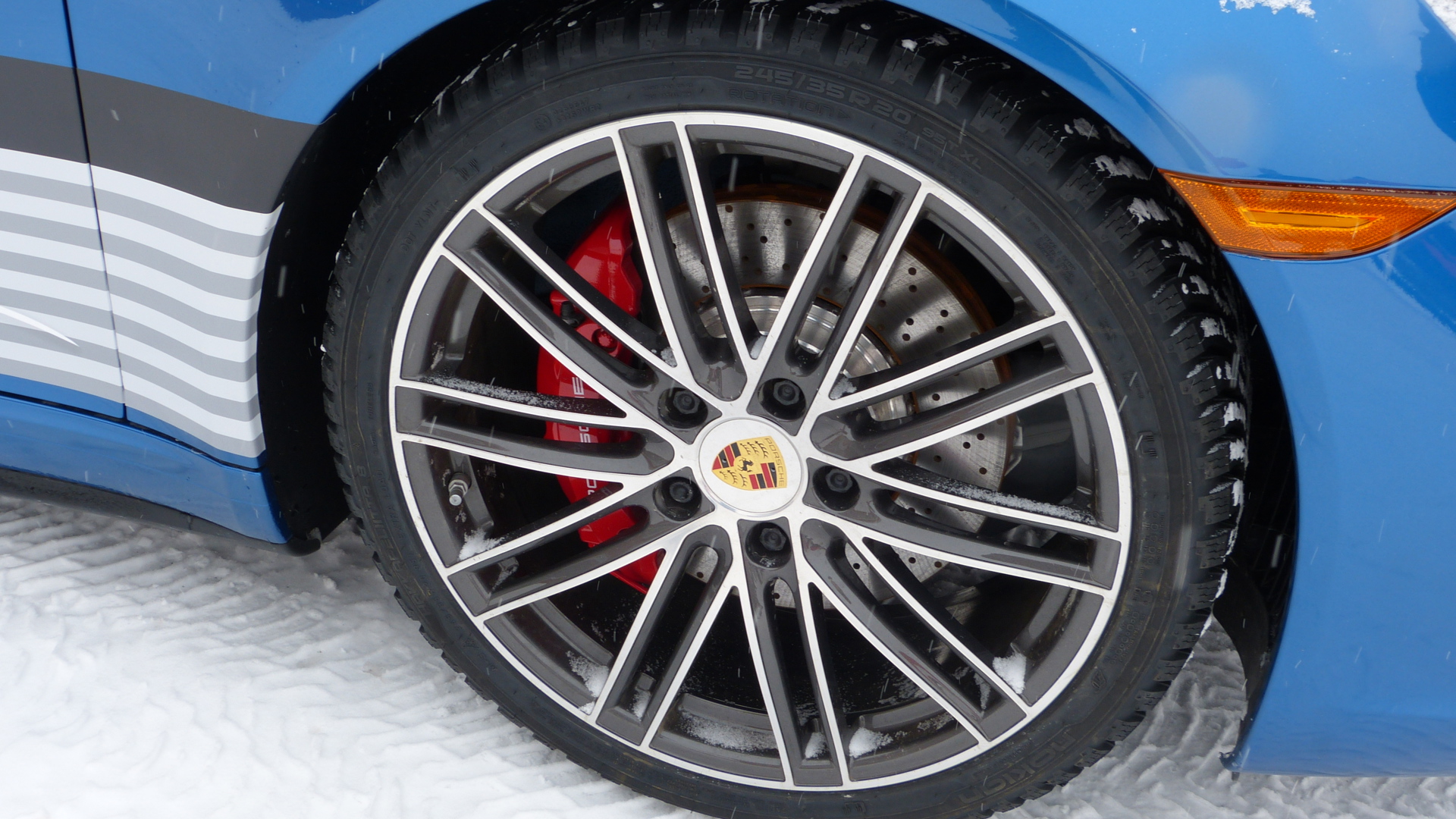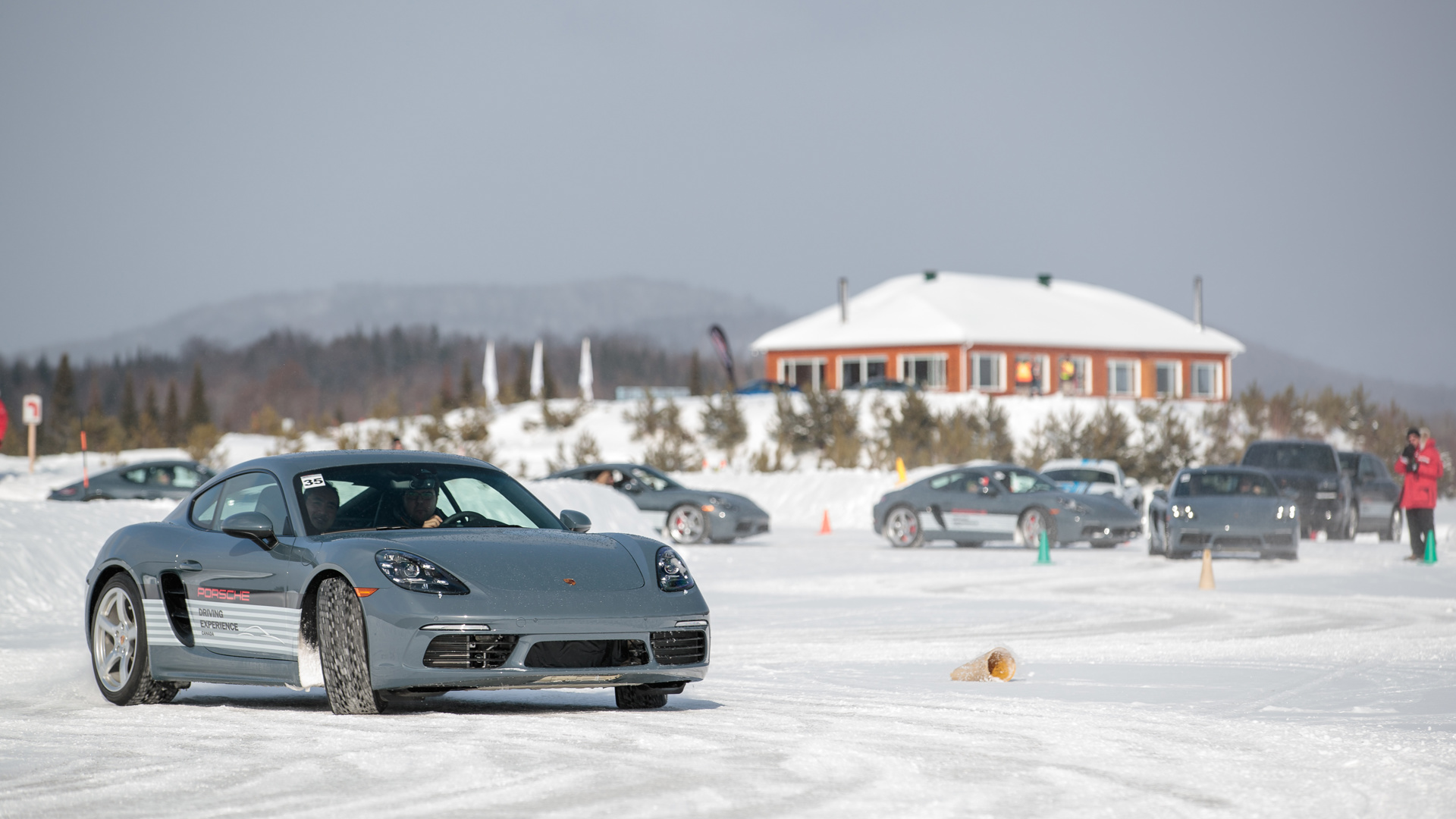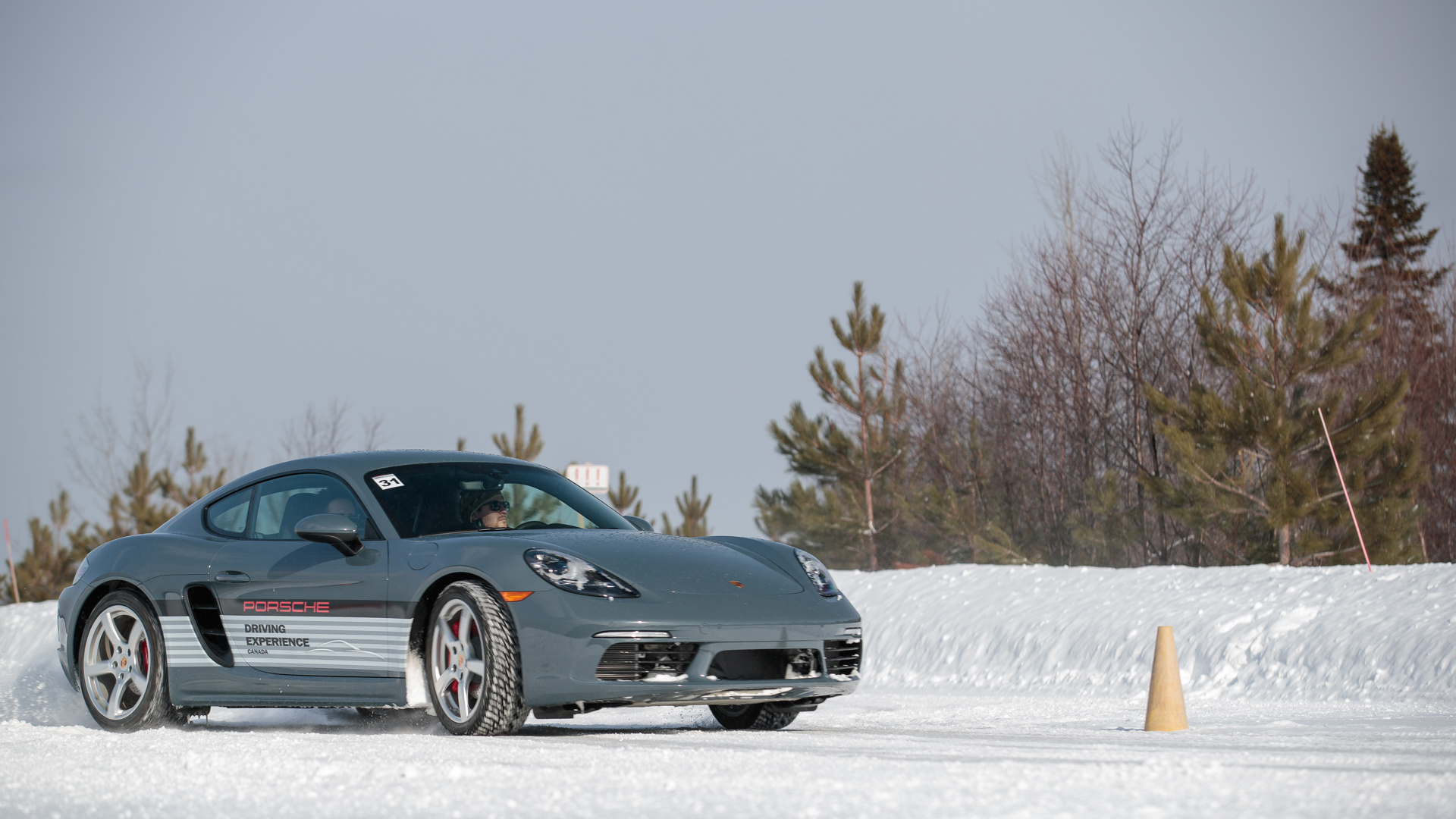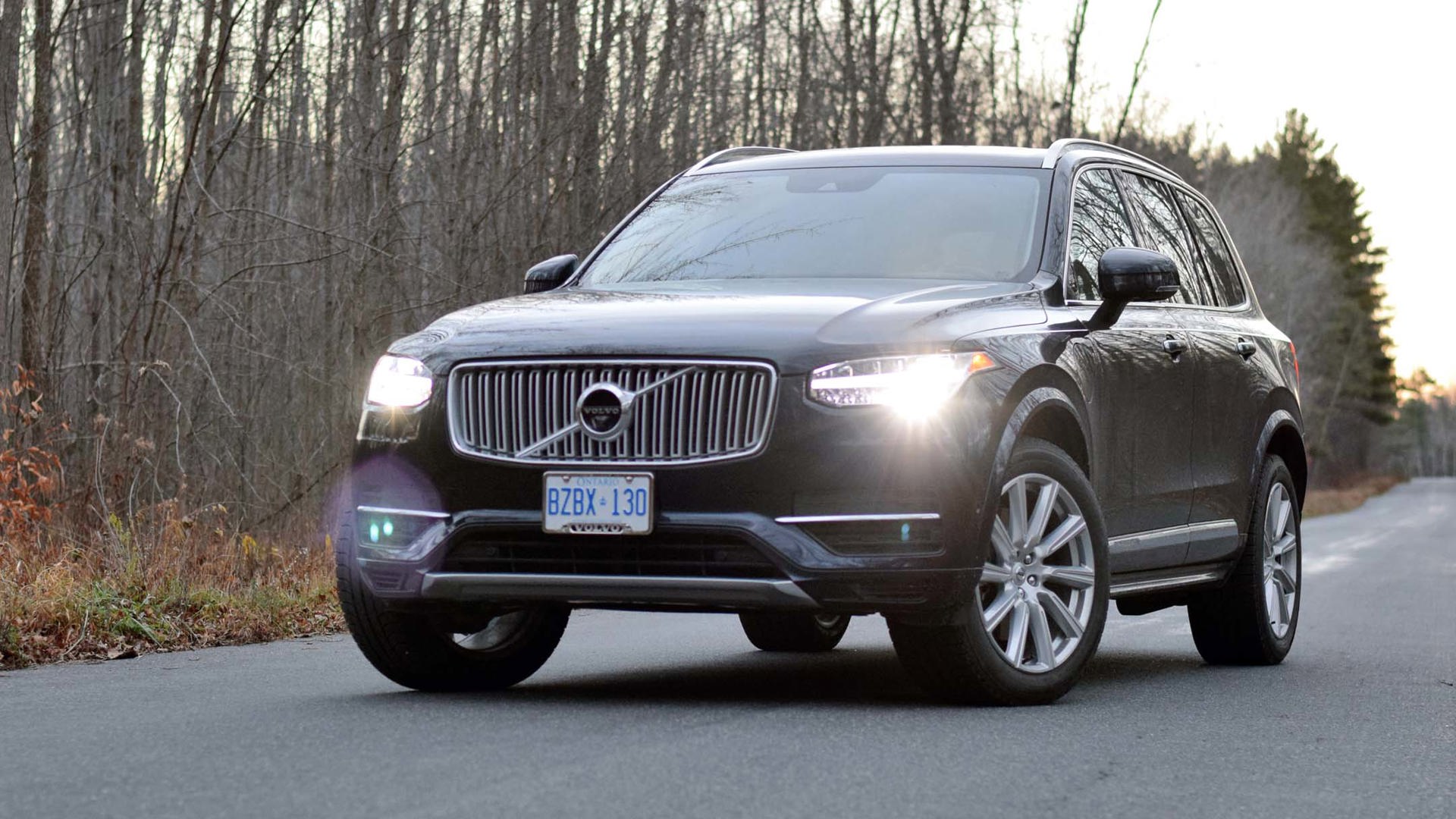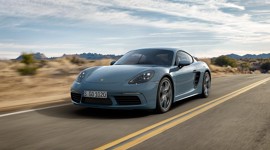Oversteer is to driving as chocolate sauce is to ice cream. It’s as a hook is to a great song. As the sunset is to the ocean. Oversteer is what makes driving special. It’s what makes driving exciting, and fun, and dangerous.
It’s what makes driving worthwhile.
And oversteer can be broken down into three key ingredients: momentum, weight transfer, and a deficiency of grip.
There are many ways to induce oversteer, but the easiest is to induce a lack of traction. You can do it with power – say, the 420 hp and 368 lb-ft of torque from a 2017 Porsche 911 Carrera S, or the 350 hp and 309 lb-ft of a 2017 Porsche 718 Cayman S. Or you could do it with momentum overlaid on slippery ice and snow. If you’re really lucky, you’ll get to apply both.
But oversteer, like good food, good wine, or love – has the capacity to hurt you if you get it wrong. A lot.
To navigate the pitfalls you need both a tool well-honed for the task at hand, and a guide to help coach you through the hard parts.
At Porsche Camp4 – you get both.
The Traction Circle

First, the theory. Every car has four contact patches with the earth. In a perfect world, all four tires are connected to the ground at all times. But even then, the physics of weight transfer can quickly overcome your grip level. Think of a circle, that circle will shrink and grow depending on conditions, but it’s always a circle. You can move 100 percent to the outside of it in one direction, but then you have no grip to go the other way. The weight of the car constantly moves around on those four traction circles and you have to be conscious of where your grip is at all times.
Why? Because when you become conscious of it, you can break through those traction circles and into a magical land of skids, skills and smiles.
It’s works like this – want more grip up the front? Move the car’s weight to the front. Want more grip at the back? Move more weight to the back. You make those adjustments with the brake pedal and the throttle.
Performing CPR
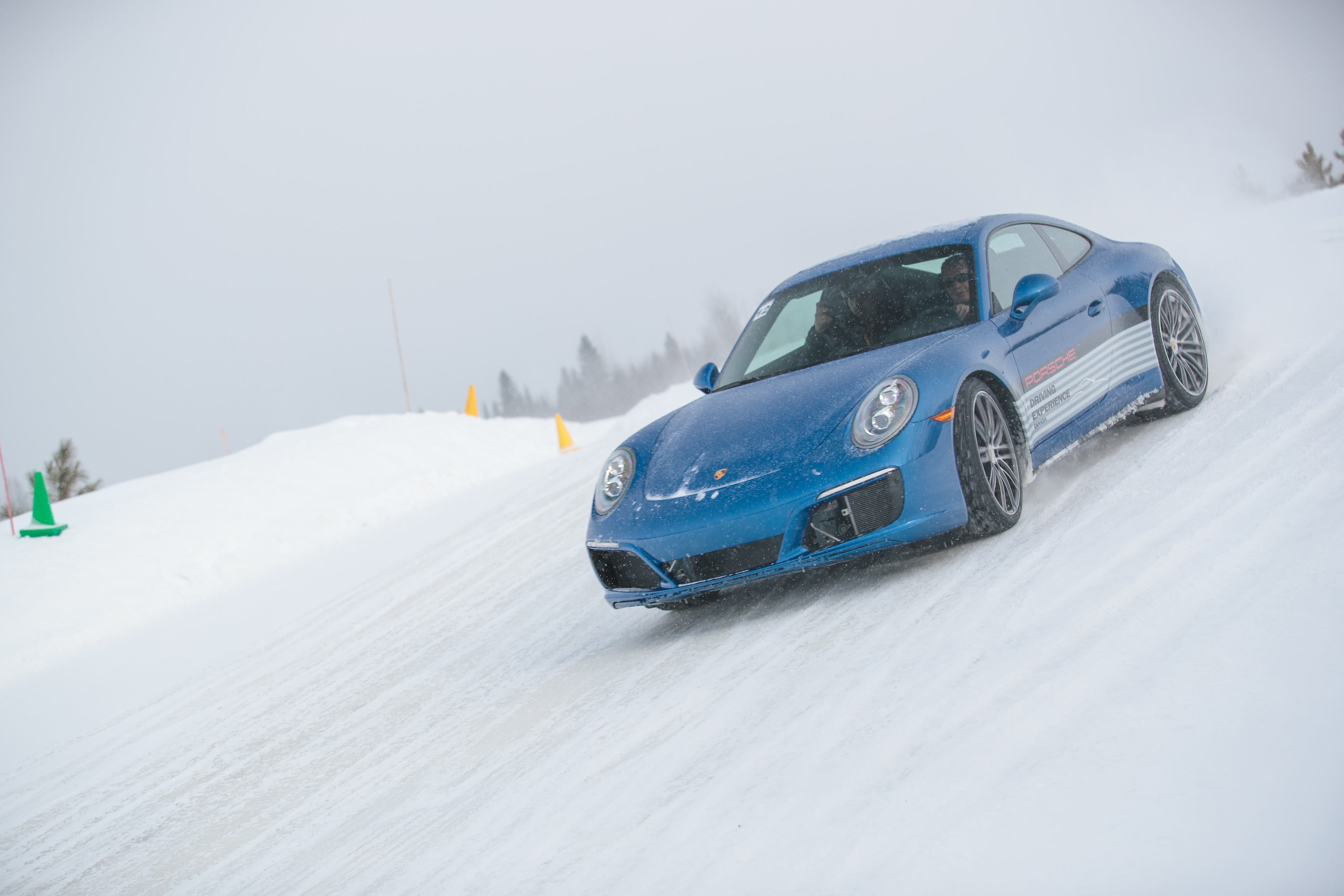
Find the front end is not going where the wheels are pointed? There are likely two reasons: one, not enough grip on the front tires. Two, too much angle in the steering – remember the traction circle? The tire can only go so far in each direction before it’s overwhelmed. So when you understeer, you should unwind the steering lock, ease off the throttle or even onto the brake. Bring weight to the front as you bring the wheels back to a grippier angle and you will turn more.
Correcting oversteer is different, but similar. I know what you’re thinking – why would you want to?! Oversteer is the best! And you’re right, but too much of a very, very good thing is a very bad thing indeed. So it’s important to be able to recognize oversteer, and how to correct it.
Step one is to Correct – you do that by steering into the skid, or countersteering. It helps to get some weight onto the front tires here too, so you might want to ease up on the gas ever so gently, and the car will begin to straighten.
Now, we Pause – You’ve just made a (probably) dramatic adjustment to the weight balance and angle of your car, it’s time now to put your eyes up, look where you want to go and wait for the car to settle back down under you.
And finally, Recover – You’ve caught the skid, regained a healthy balance in the chassis and the contact patches and you’re pointed where you want to be pointed. That’s a recovery – keep steering where you want to go and get back to the gas.
That’s CPR and it’s the Porsche-promoted three-step program to prevent your intimate encounter with a roadside tree.
We used it to good effect in the beautifully balanced 2017 Porsche 718 Cayman.
How Do You Drift in an All-Wheel Drive Porsche?
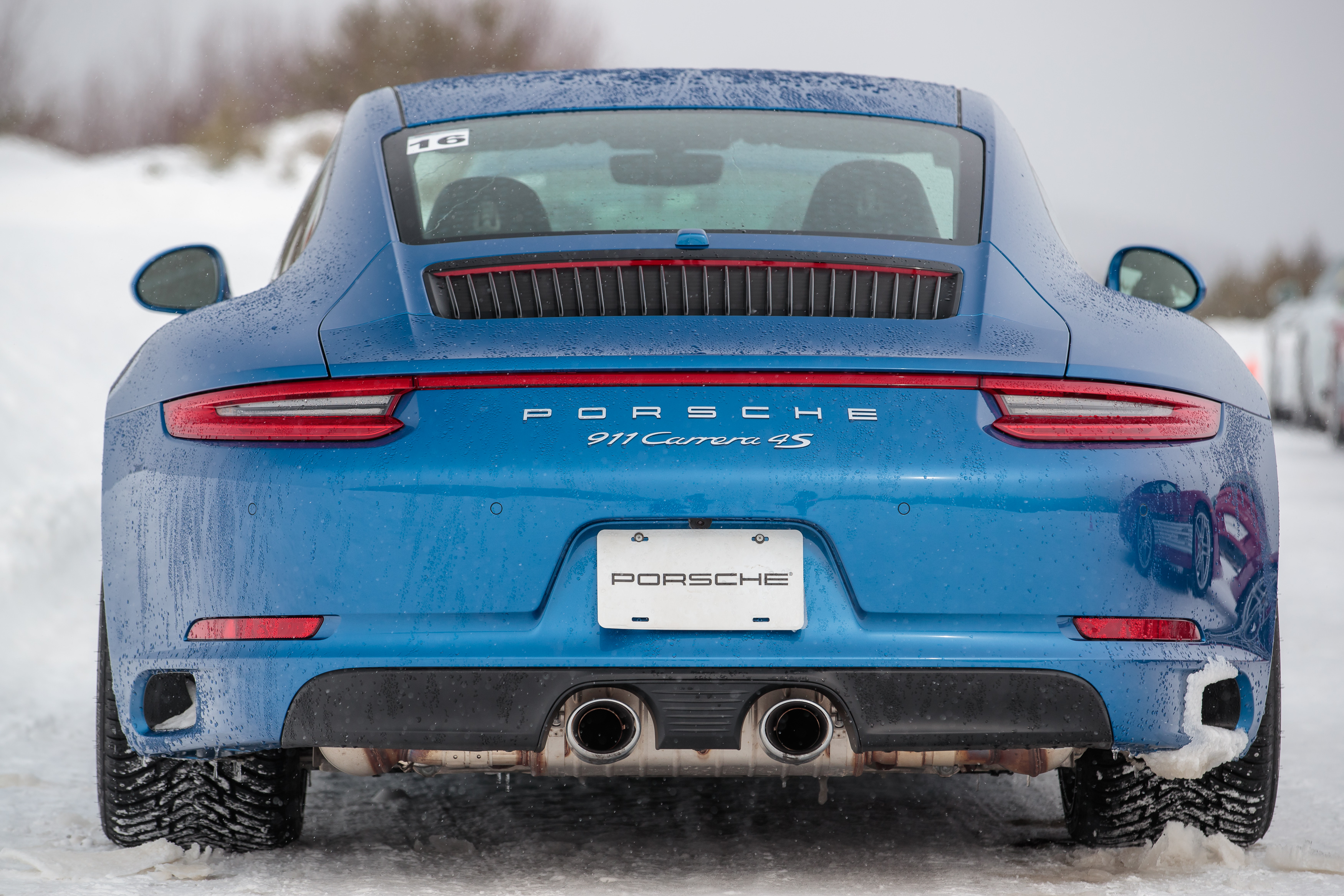
Especially with Porsche Active Stability Management or PASM enabled, an all-wheel drive 911 Carrera 4S is a very different beast to drift than a typical RWD car. If you throttle on with any amount of steering wheel angle, PASM will send power to the front tires and pull you firmly in the direction you’re countersteering. So in our exercise we had to break down the steps differently.
First, we aimed a $150,000 Porsche 911 Carrera 4S at a 90-degree corner bordered on both sides by five-foot snowbanks and built a healthy speed. As you approach the corner, turn in, then brake – hard – and get the back to try and overtake the front, counter-steer to catch the rotation, line the car up with the exit of the corner – straighten the steering wheel and stand on the throttle. Voila! An all-wheel drift that makes your passenger gasp, your heart rate spike and your nether regions tighten!
Frankly, this technique is hard. Building enough momentum to break the back loose is daunting, especially in a very expensive Porsche on a narrow ice track. Releasing the brake at the right moment to not just slide sideways into the wall is equally difficult, and lastly, remembering to straighten the steering wheel before you accelerate out is counter-intuitive to traditional drift methods.
It took four attempts before I got it even half right, and even then I had to use a healthy bootful of juice to drive the 911 away from the wall at the last minute.
Rear-Wheel Drive for the Win
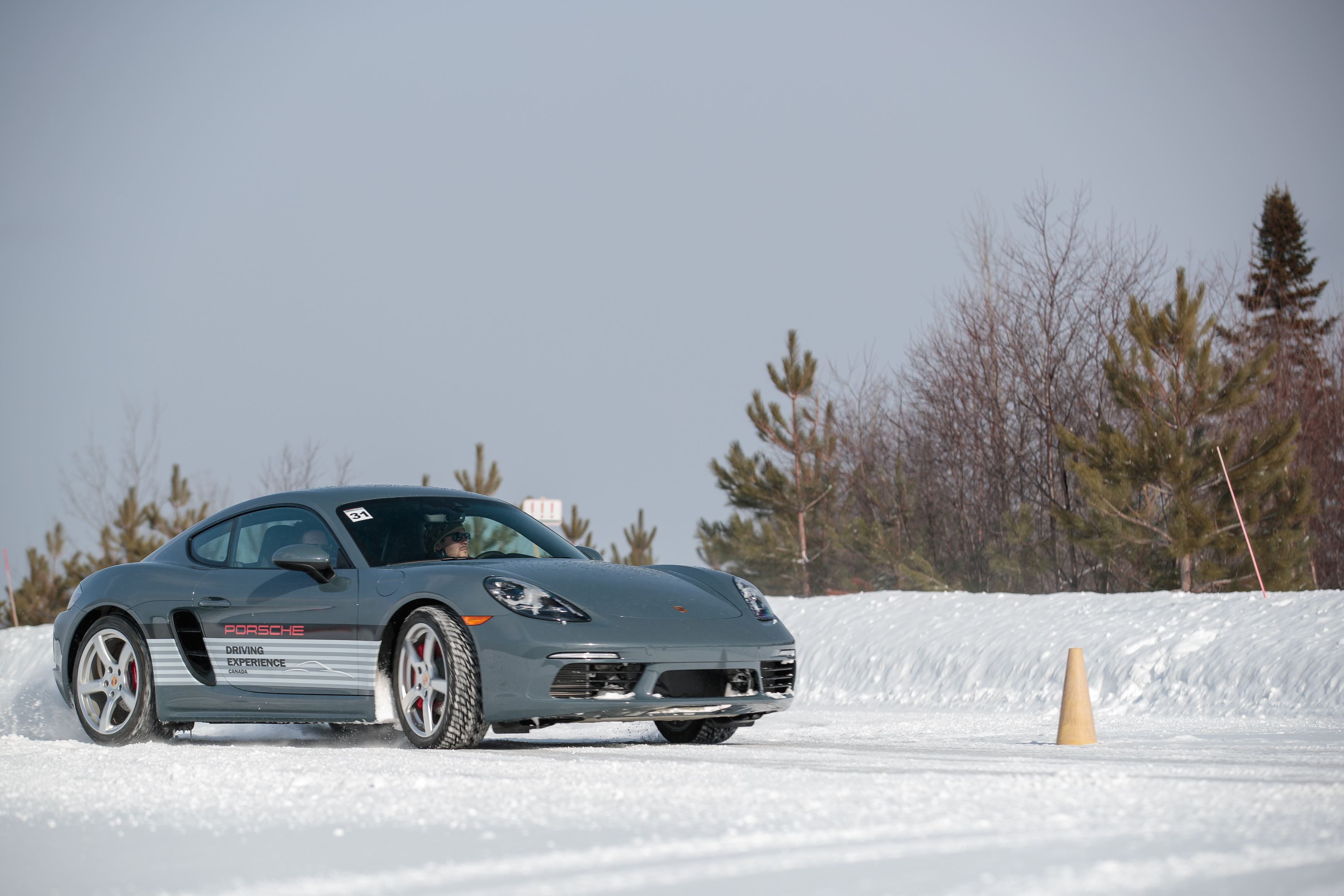
Which all just proves what I’ve said all along: Rear-wheel drive is the absolute best. Sure, we learned to Scandinavian flick with AWD – using the rear-engine Porsche’s hefty rump to accentuate the pendulum effect and make a rapid direction change. And yes, there is something elegant about having a car sliding sideways with all four wheels perfectly aligned – but for true style, and the biggest grin, you need opposite lock.
Enter the Porsche 911 Carrera S. Note the absence of “4” next to the S. This is a Porsche the way your writer prefers them: rear-wheel drive. Because Skids.
Rear-wheel drive is ideal for unlocking your inner Ken Block. They didn’t send us straight to Skidsville though. First we had to gently build speed around an icy circle, waiting for the front to push (aka understeer) and then gently correct it. Only when Pierre was satisfied we had that down were we allowed to move toward drifting. But not the way I always imagine initiating a drift from the movies. The secret is not to blip the throttle and light up the rears, as this is a less controlled and less predictable way to induce a slide. Instead, allowing momentum to build until the rear tires break through the traction circle and begin to slide – that is the way to go.
From there, incremental movements of the throttle will adjust the angle of attack: Want more? More throttle. Want less? Less throttle. Truly gifted drivers get to the point where they can all but let go of the steering wheel, knowing that the minor amount of opposite lock dialled in will hold steady and that they can throttle steer their way around the circle.
Victory for me came after three consecutive circuits at opposite lock, sideways, for 1080 degrees.
I am a driving God!
Either that, or I had good coaches.
The Instructors
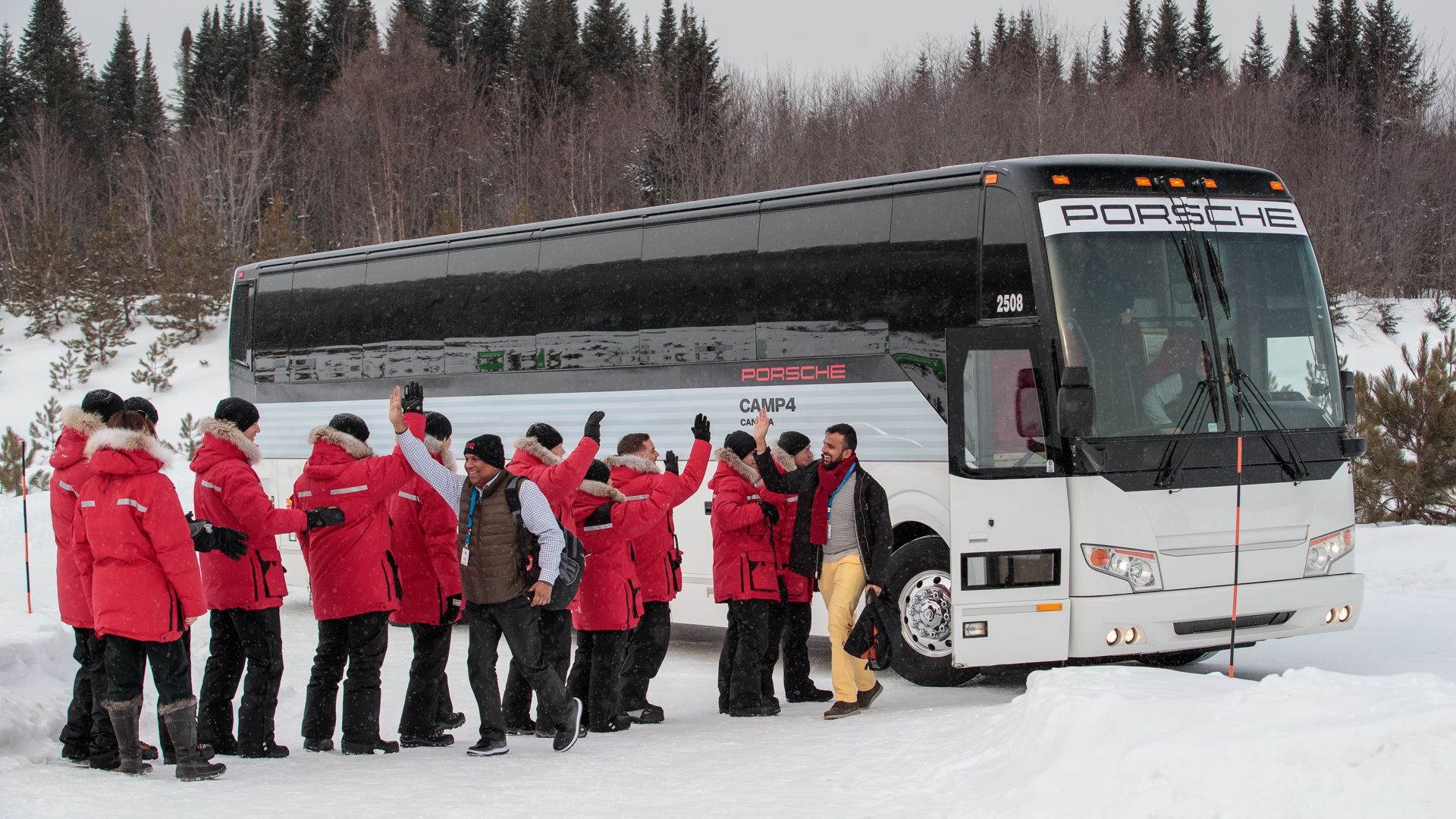
Our team were former Porsche factory racing driver Pierre Des Marais and Danny Burkett. Winnipeg-born Danny Burkett is a current Continental Tire Sports Car driver and former Atlantic Championship title holder.
They’ll give you feedback – some of it will be harsh and you will cry – but their job is to make you have fun, make you learn how to control a very expensive sports car without flipping it into a creek bed and dying, and to turn you into an ace ice driver.
The instructors are well-credentialed, pleasant and fun, as are the hosts embedded in each group to keep things moving. The three-minder approach ensures maximum efficiency and maximum drive time, with multiple runs at each exercise.
Your Turn
Over 180 people will take part in Camp4 Canada this year. There are multiple waves with between 35 and 48 people on each one. Some are Porsche owners. Some just want to experience a sports car at a savage angle of attack on snow. Others are shopping for their own Porsche and want both training and a chance to sample the wares before they buy. All are welcome, and $5,295 gets you a two-day basic “Camp4” session. From there you can move through to the $6,495 “Camp4 S” and finally the $7,495 “Camp4 RS”. At Camp RS you will drive Porsches fitted with 3 mm studded tires and apply the rally flick and drifting skills to a forested rally-style track.
Before you go thinking you can chuck a Porsche at a snowbank for a laugh if you have $5,295 to spare – be warned you will also need to sign a waiver and agree to a $5,000 damage deductible. Perhaps reading the minds of the less financially endowed among us in the morning, Porsche explained that this is really just a “moron tax”. “If you treat the program for what it is, listen to the instructions and still do a bit of damage in the snowbank – we’re not going to charge you,” lead instructor Jonathan Urlin tells us. In six years of the event nobody has yet been made to pay the fee.
But if you go off on your own tangent; don’t listen, don’t treat the cars, instructors or program with respect; or if you think you’re Fangio and push too hard too soon, you will end up stuffing yourself into a wall of snow and ice – and they will ping you.
There are multiple “safety zones” around the purpose-built ice tracks and you can bet that your behaviour in those zones will factor into whether or not you get taxed the damage fee. I got out and pushed the car in those areas – just to be safe.
The whole show is put on at the Circuit Mecaglisse north of Montreal on purpose-groomed ice tracks. It's one of the few global Camp4 programs with elevation changes and is considered the jewel in the Camp4 crown by many. For the money, you’ll learn a ton, grin til you’re sore and impress your friends with your newly acquired skills.
Be warned though: Oversteer is addictive.
